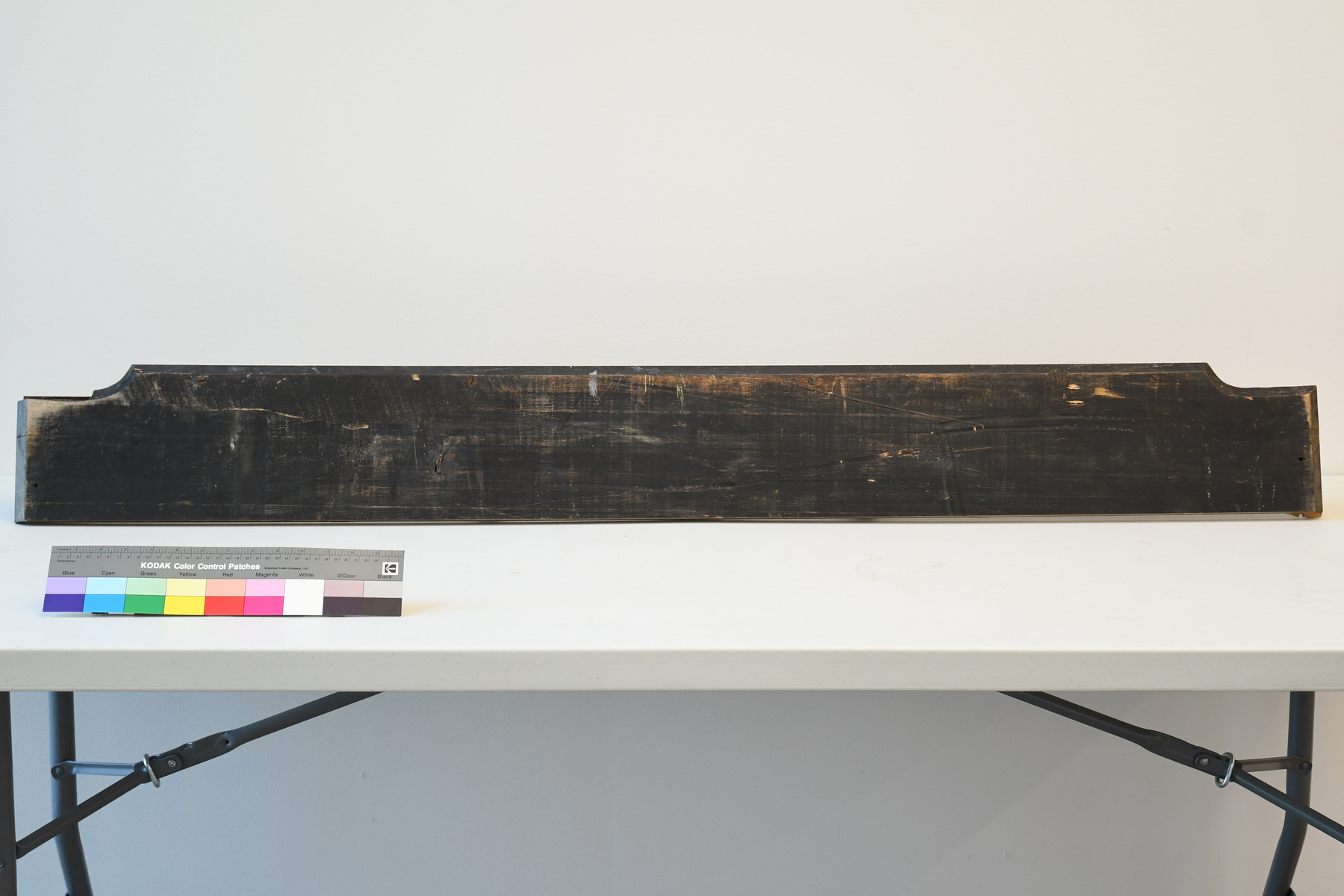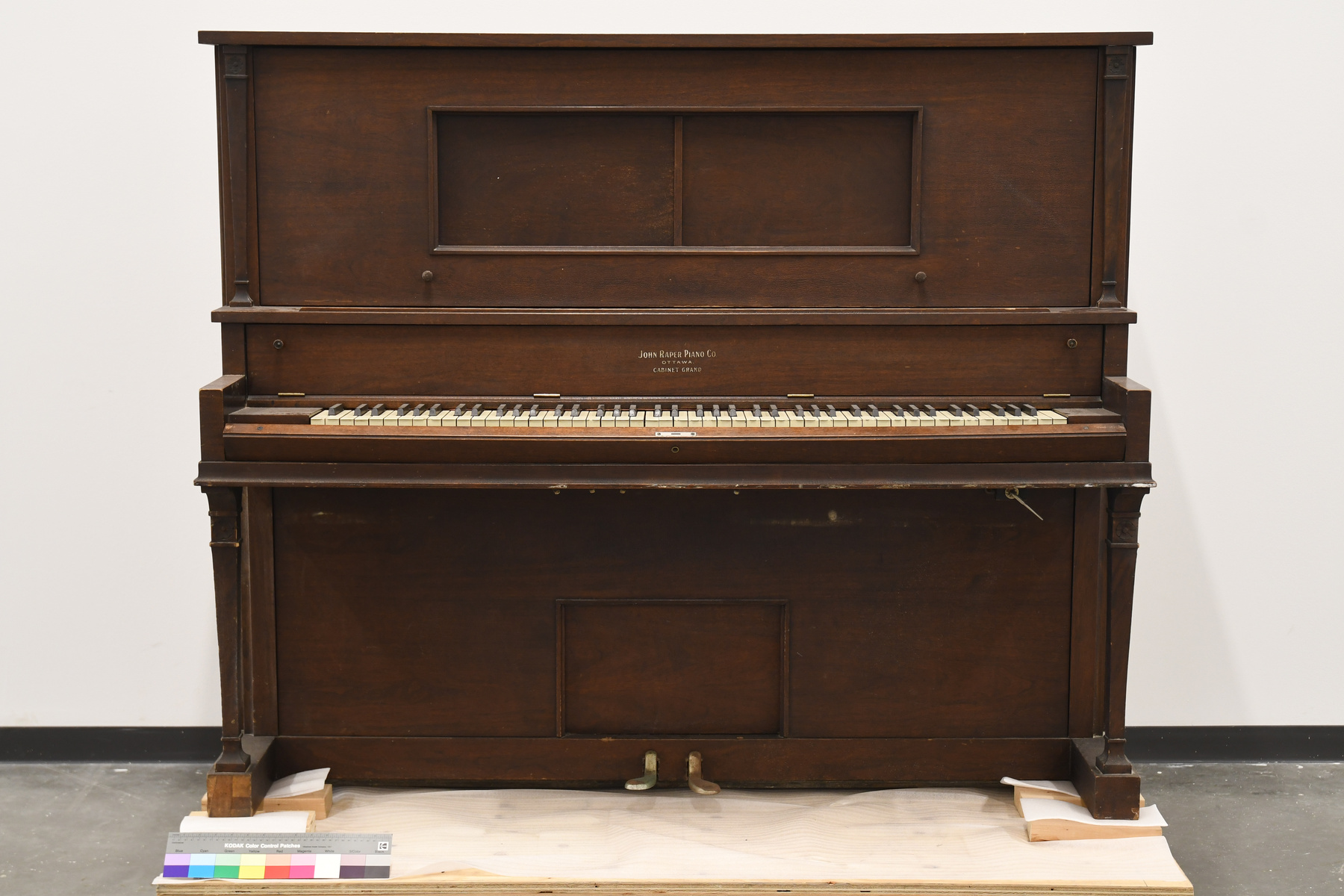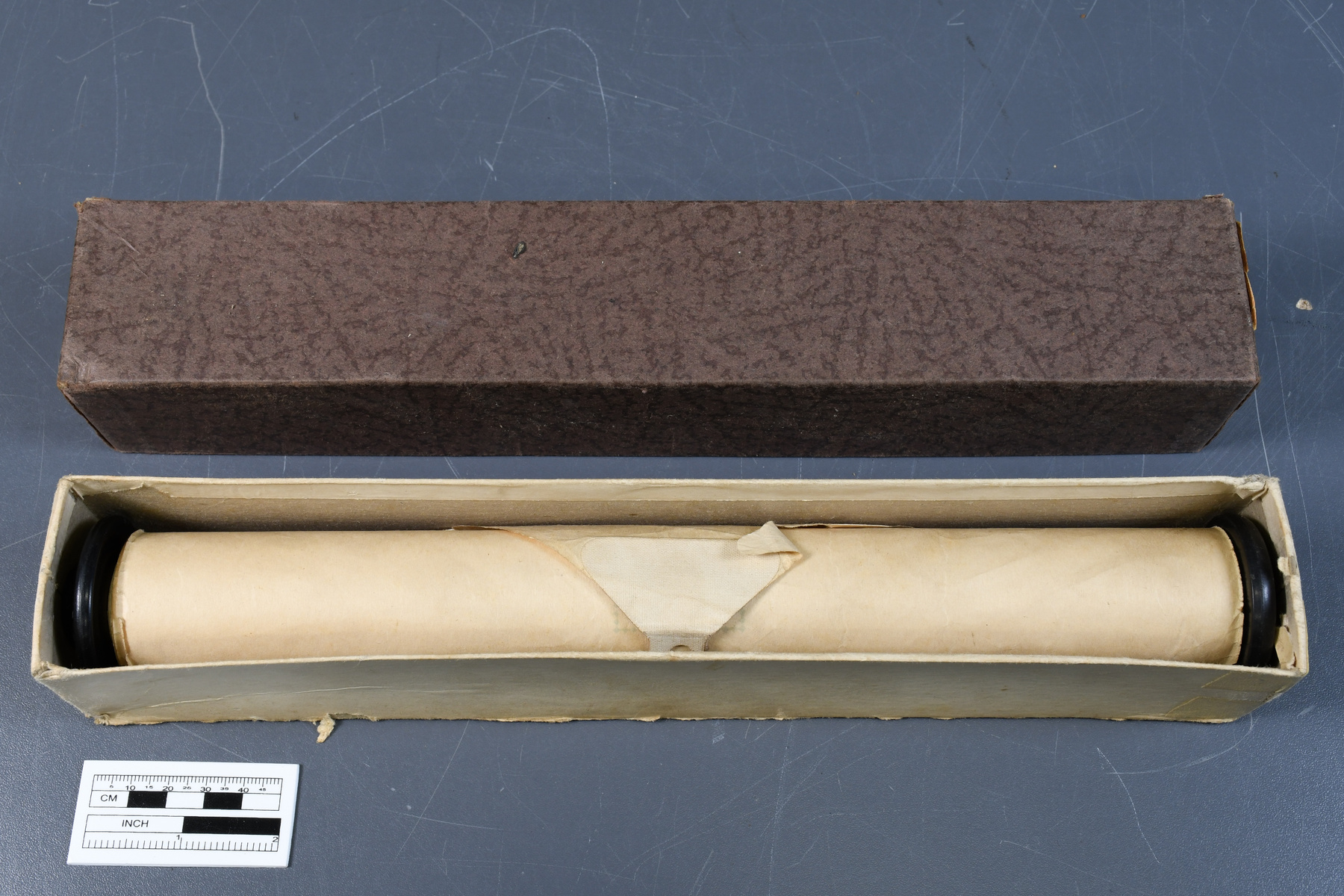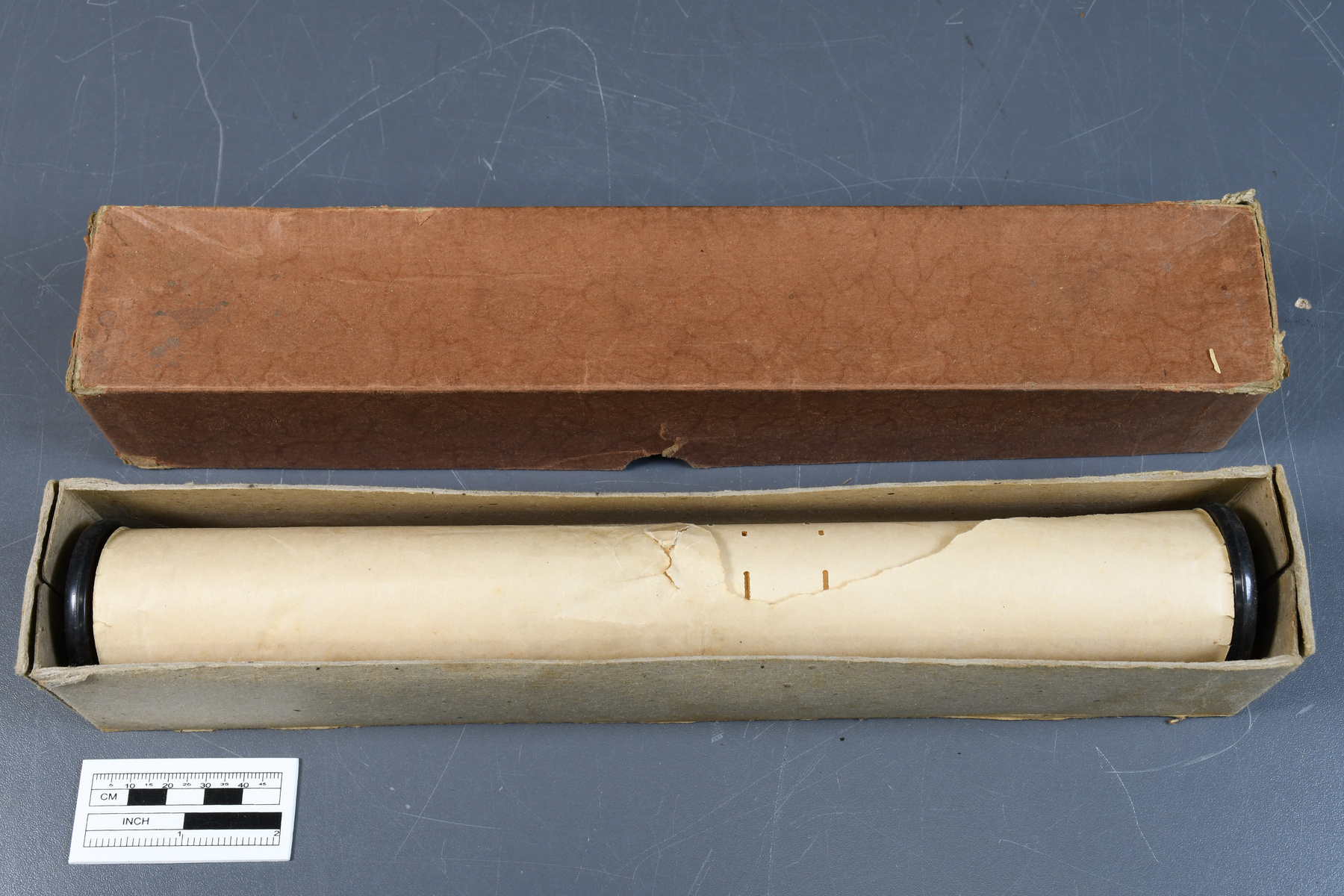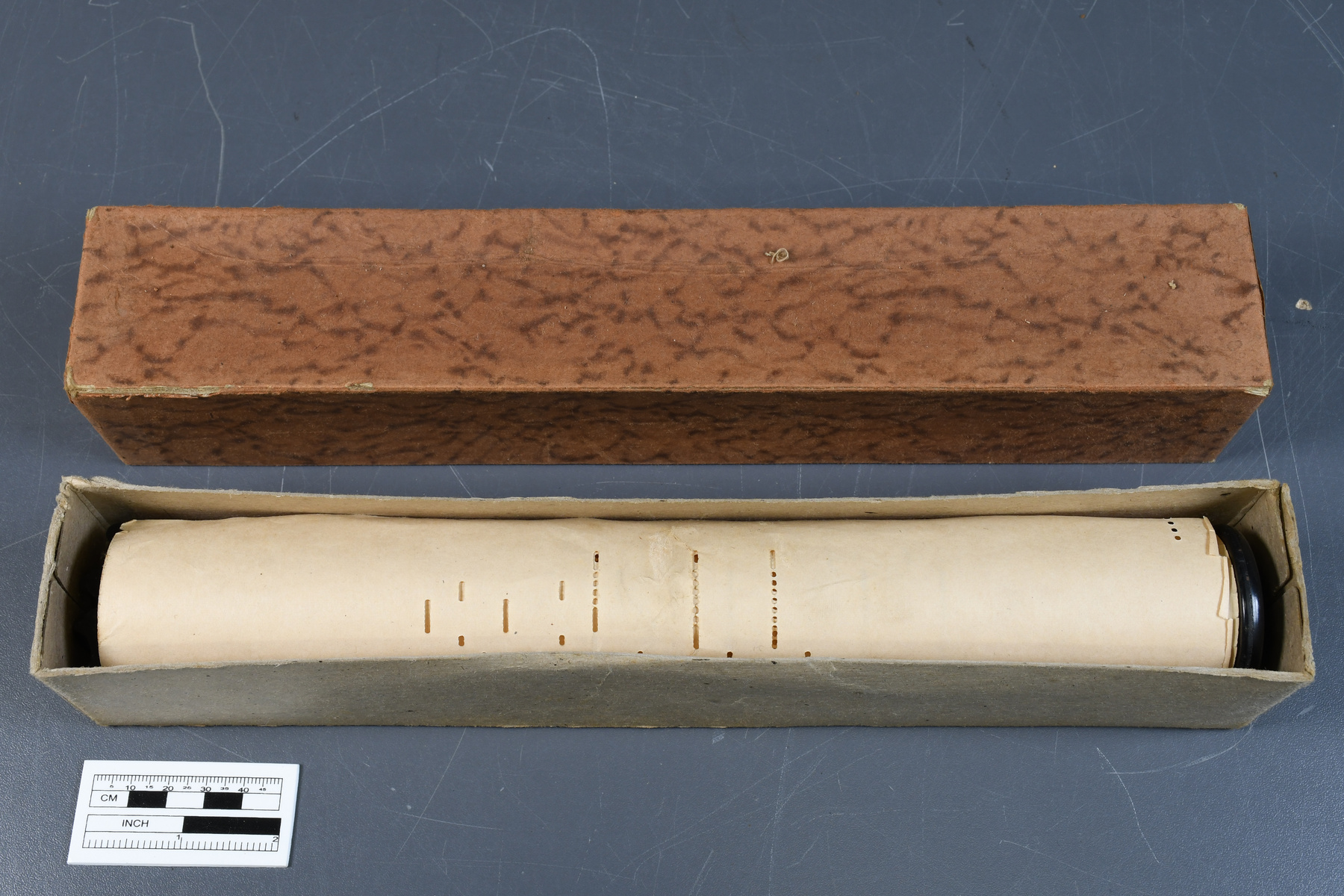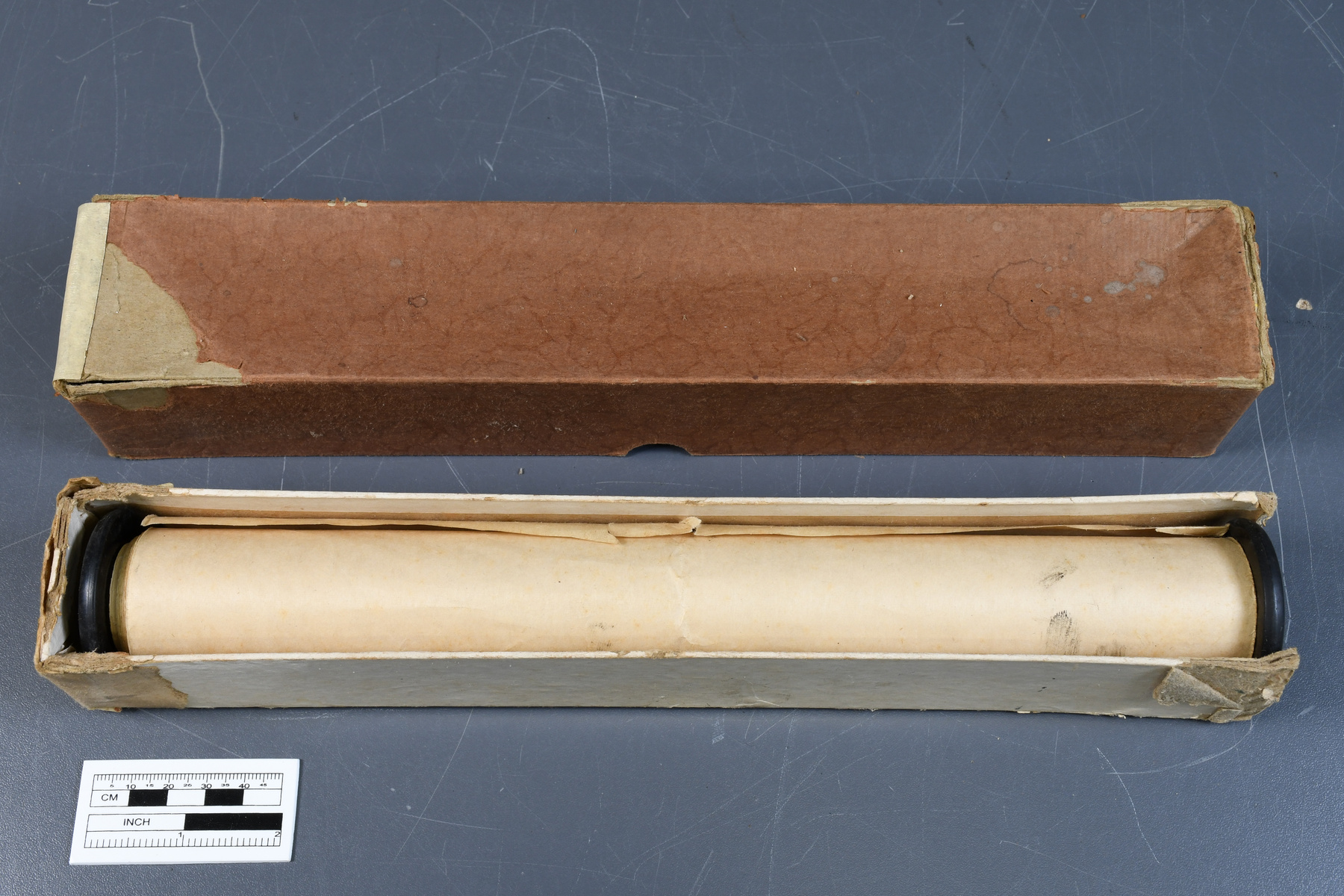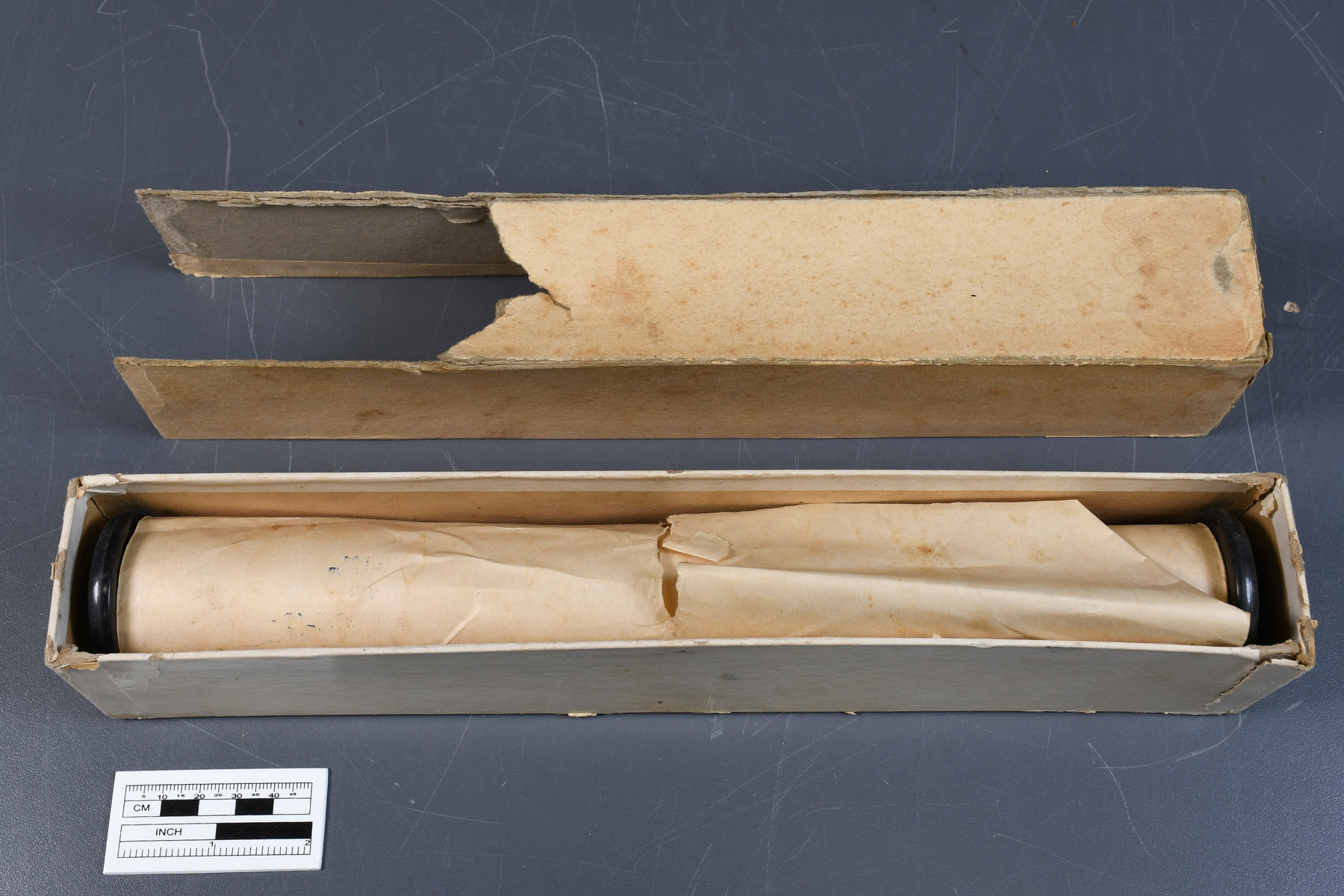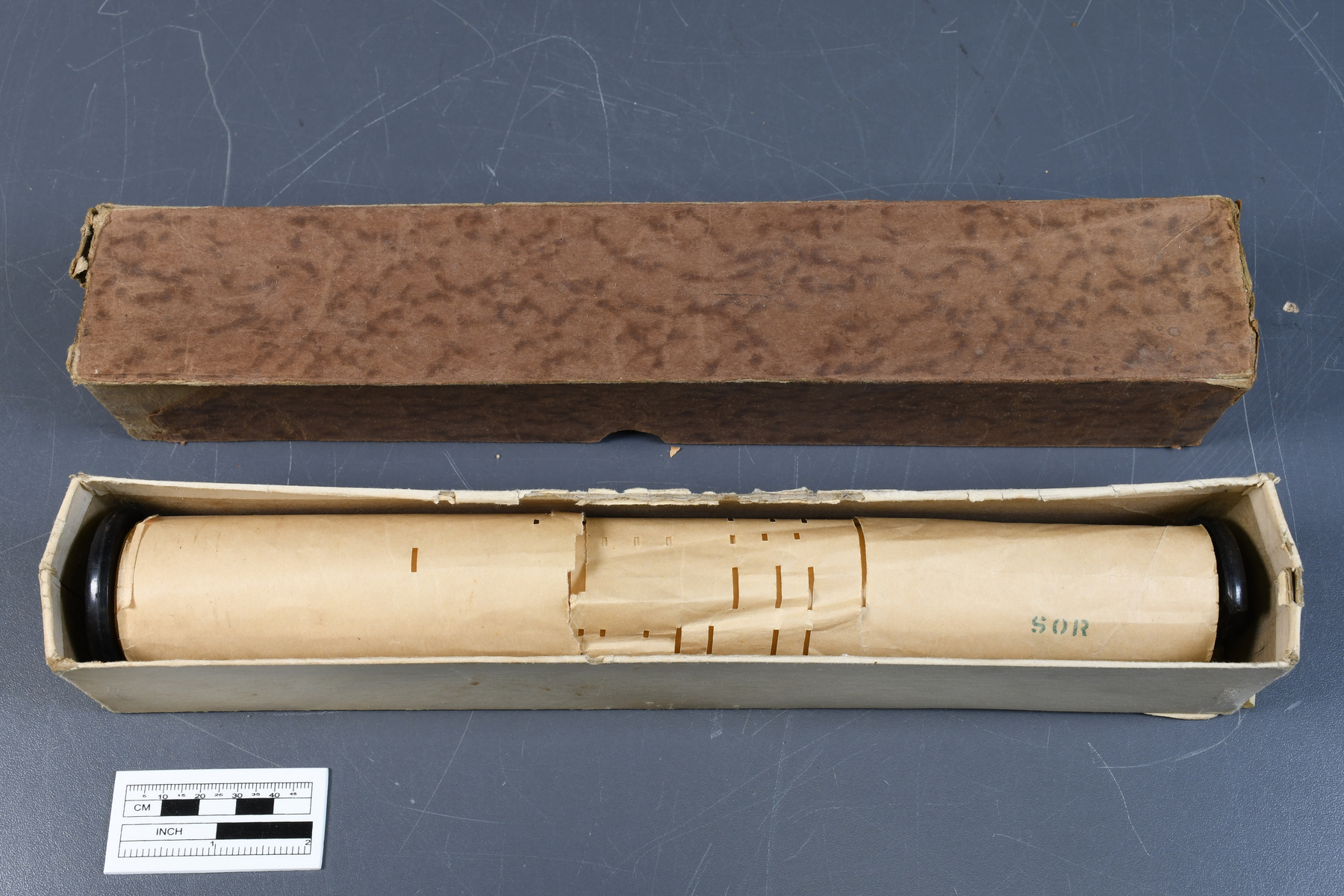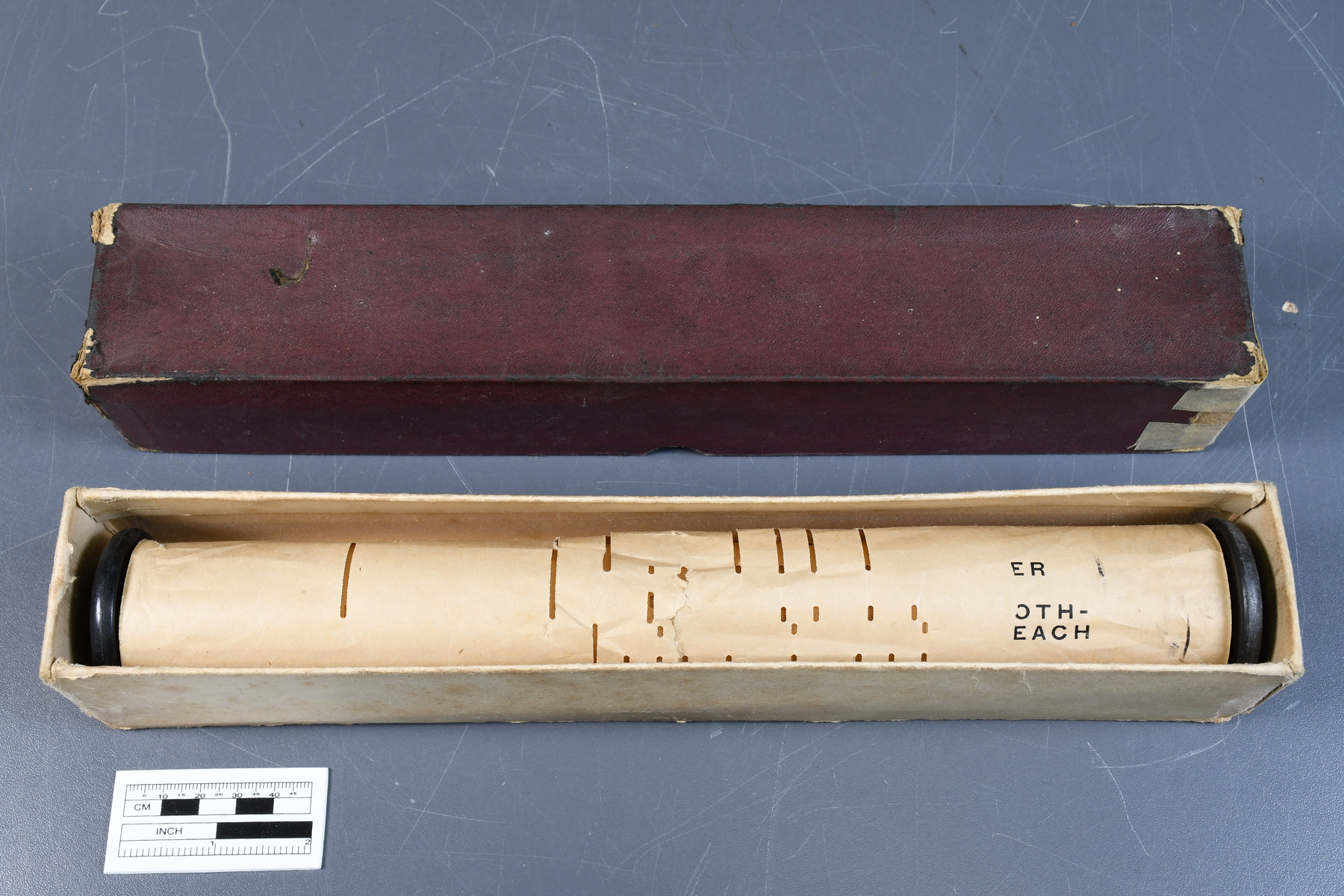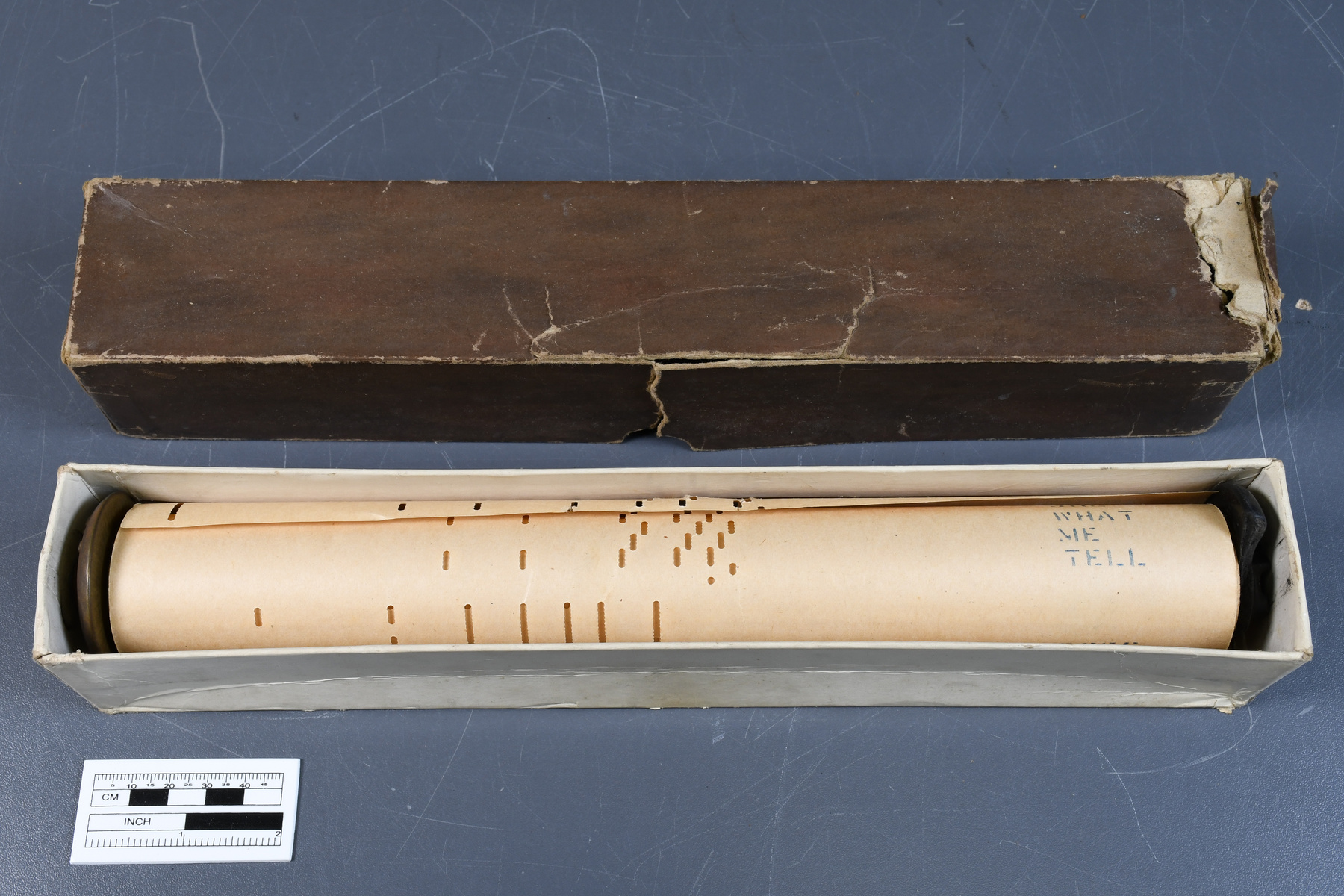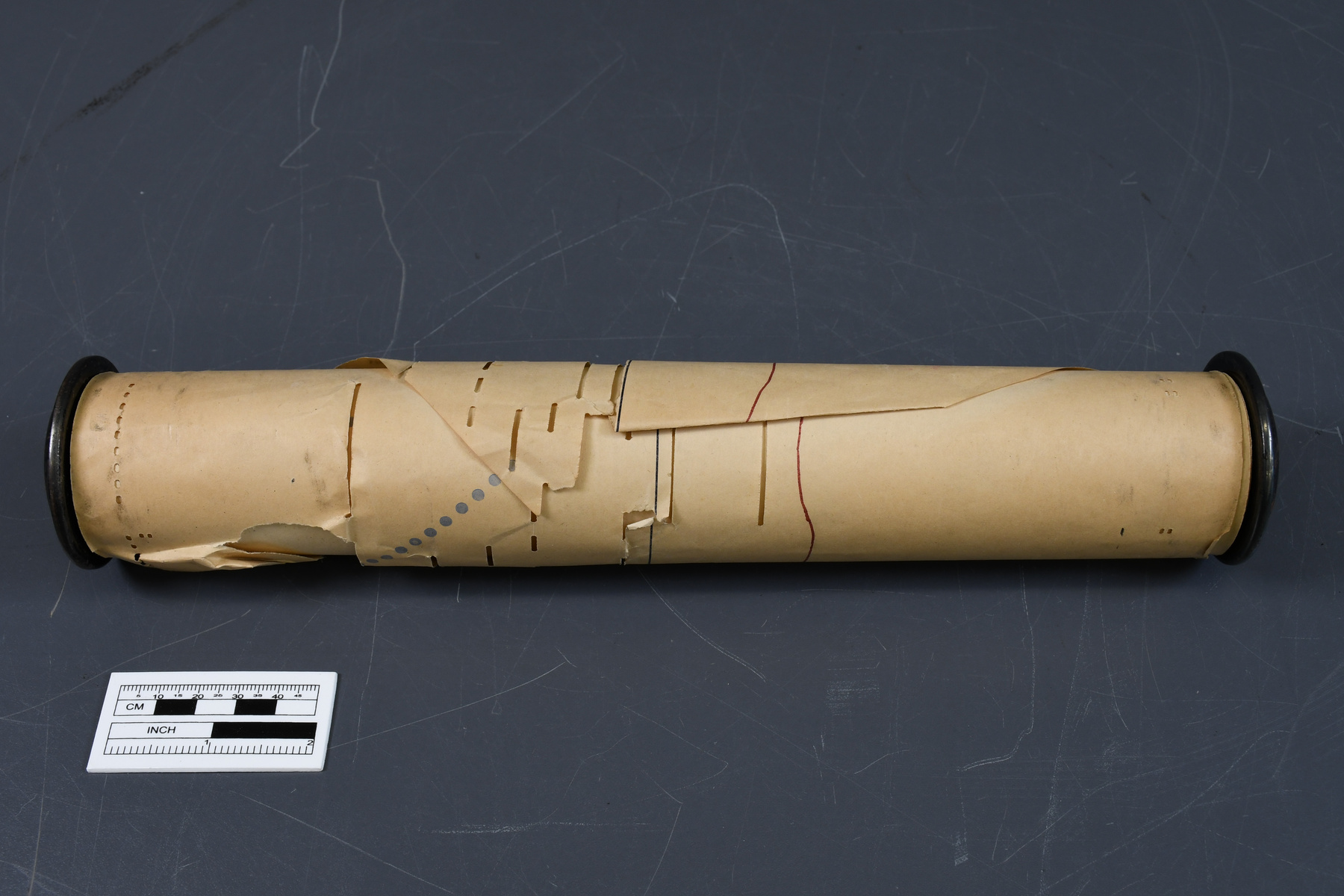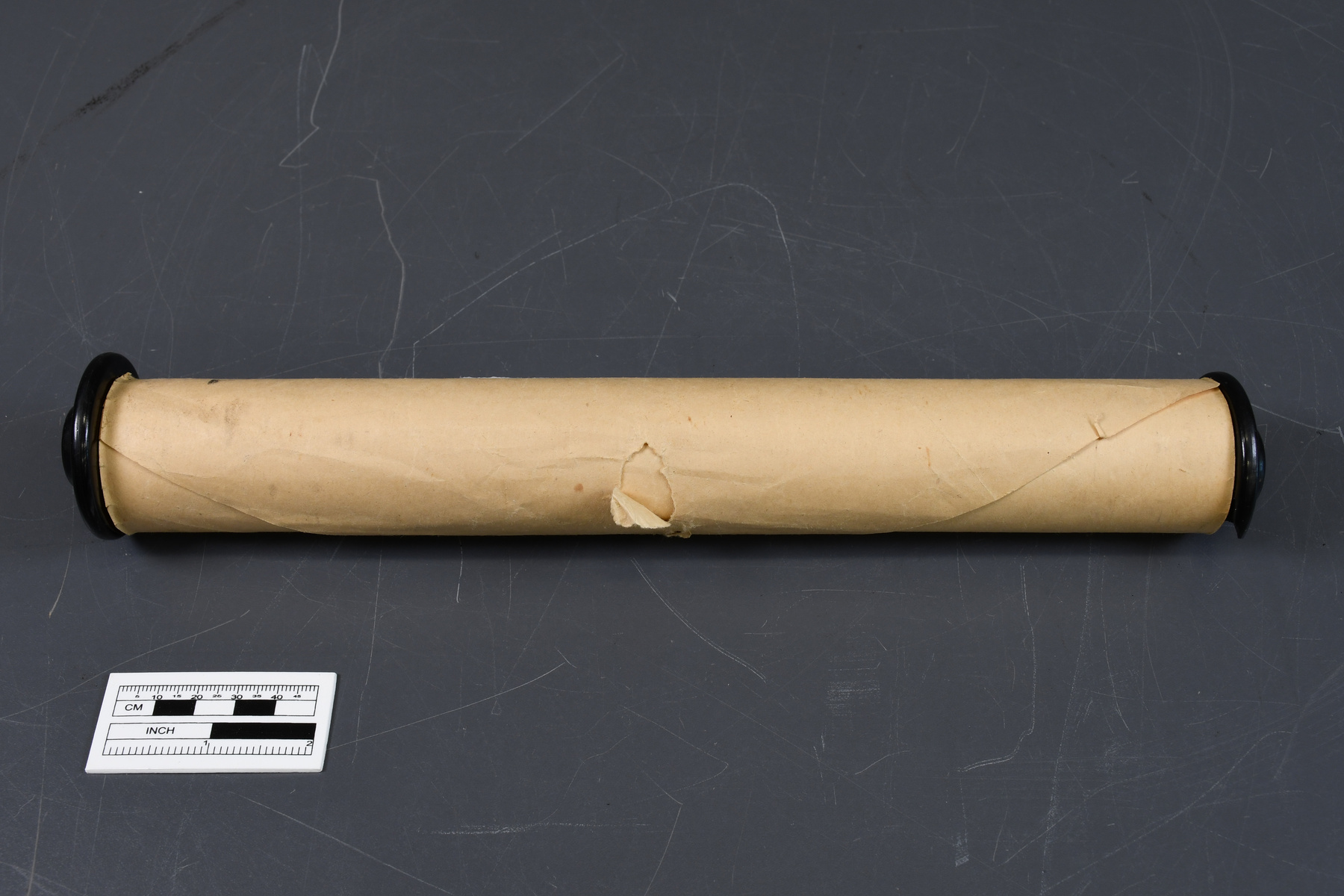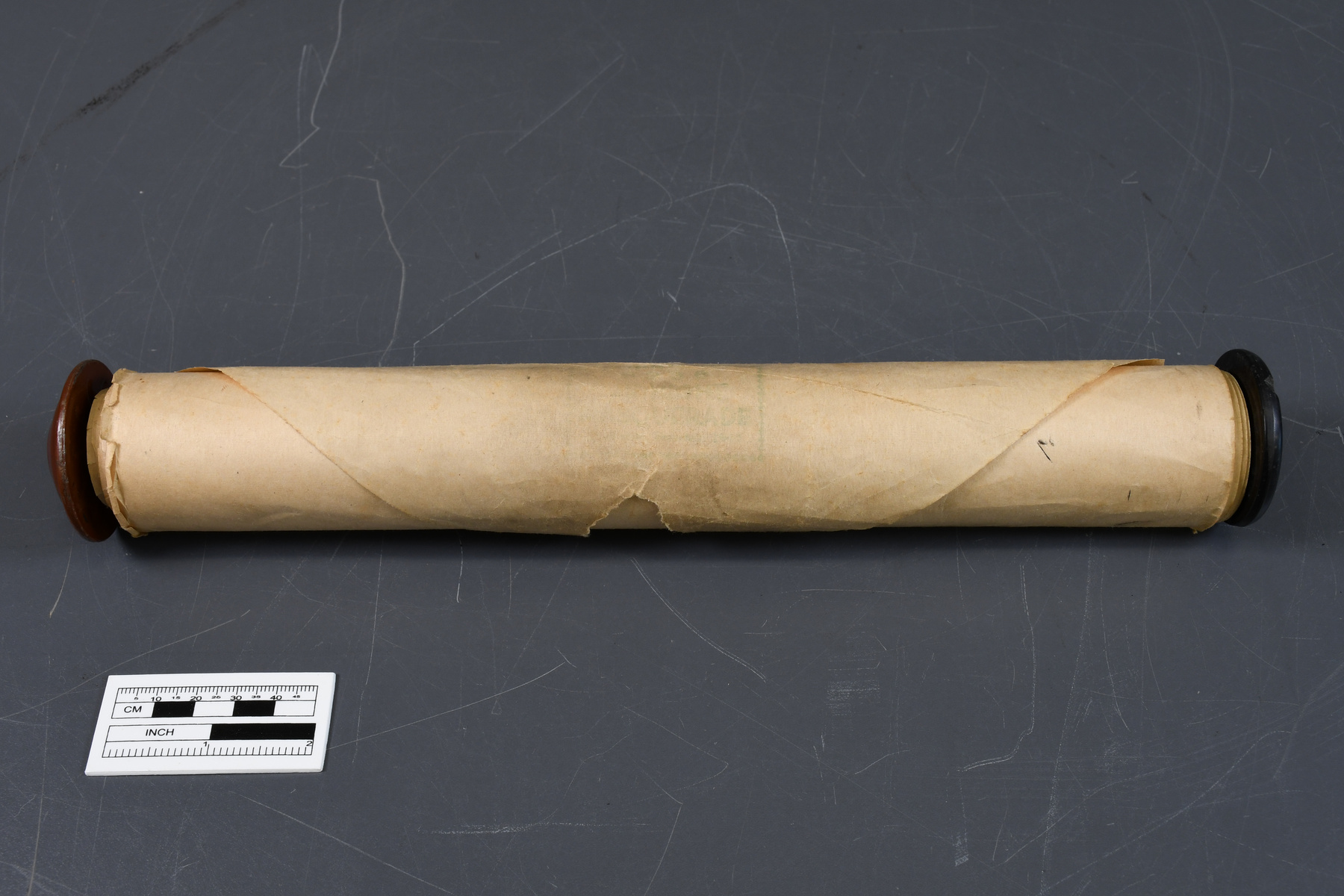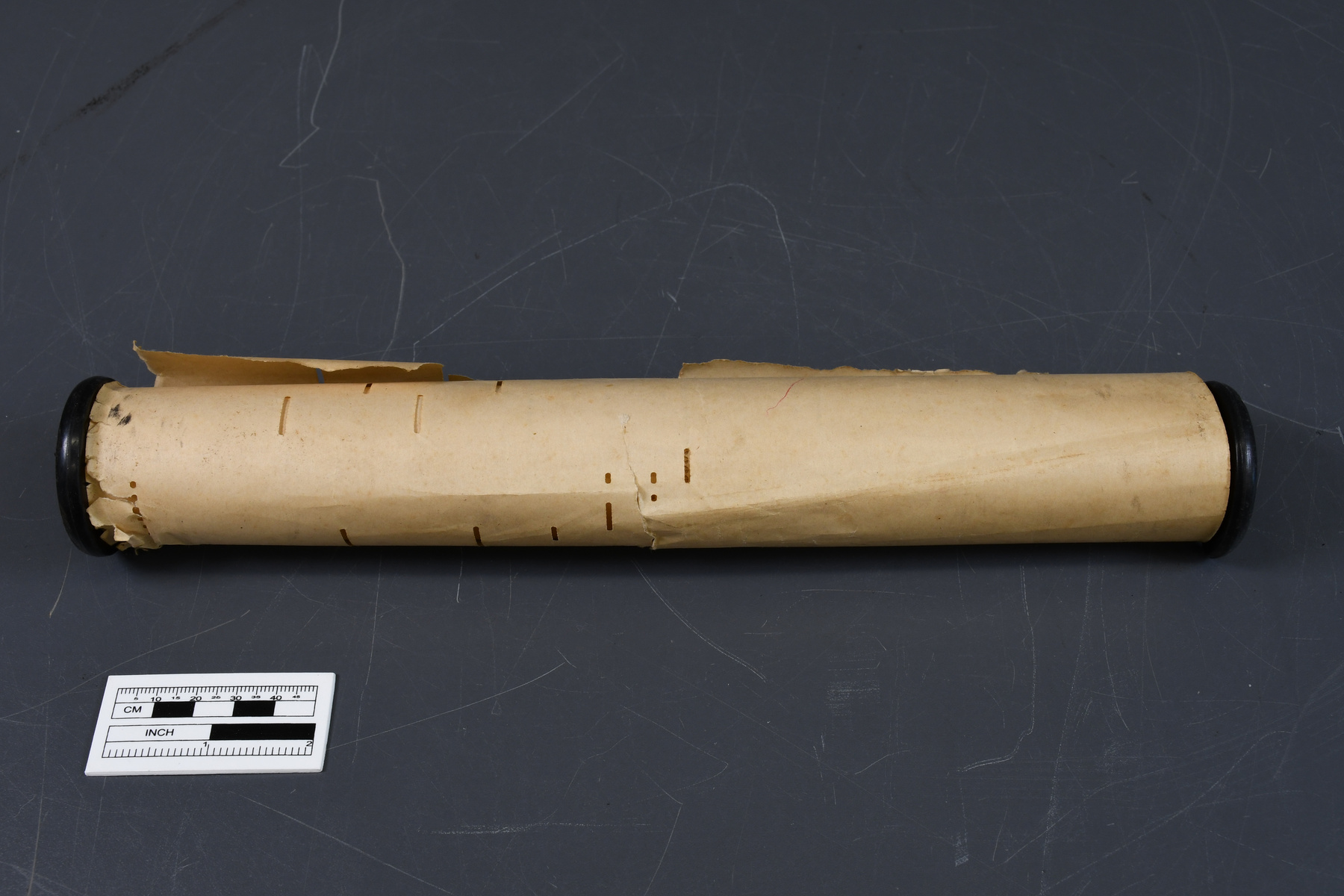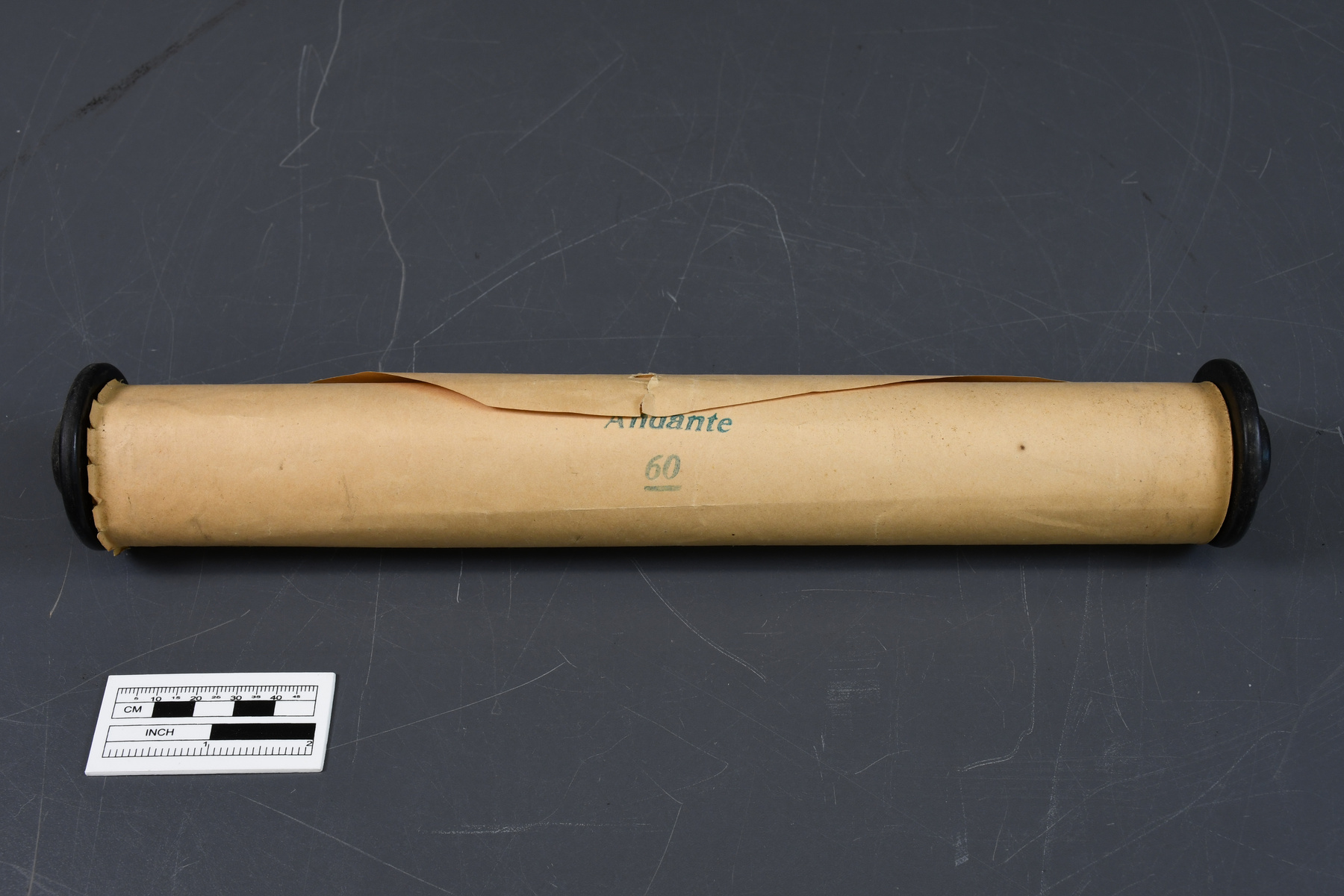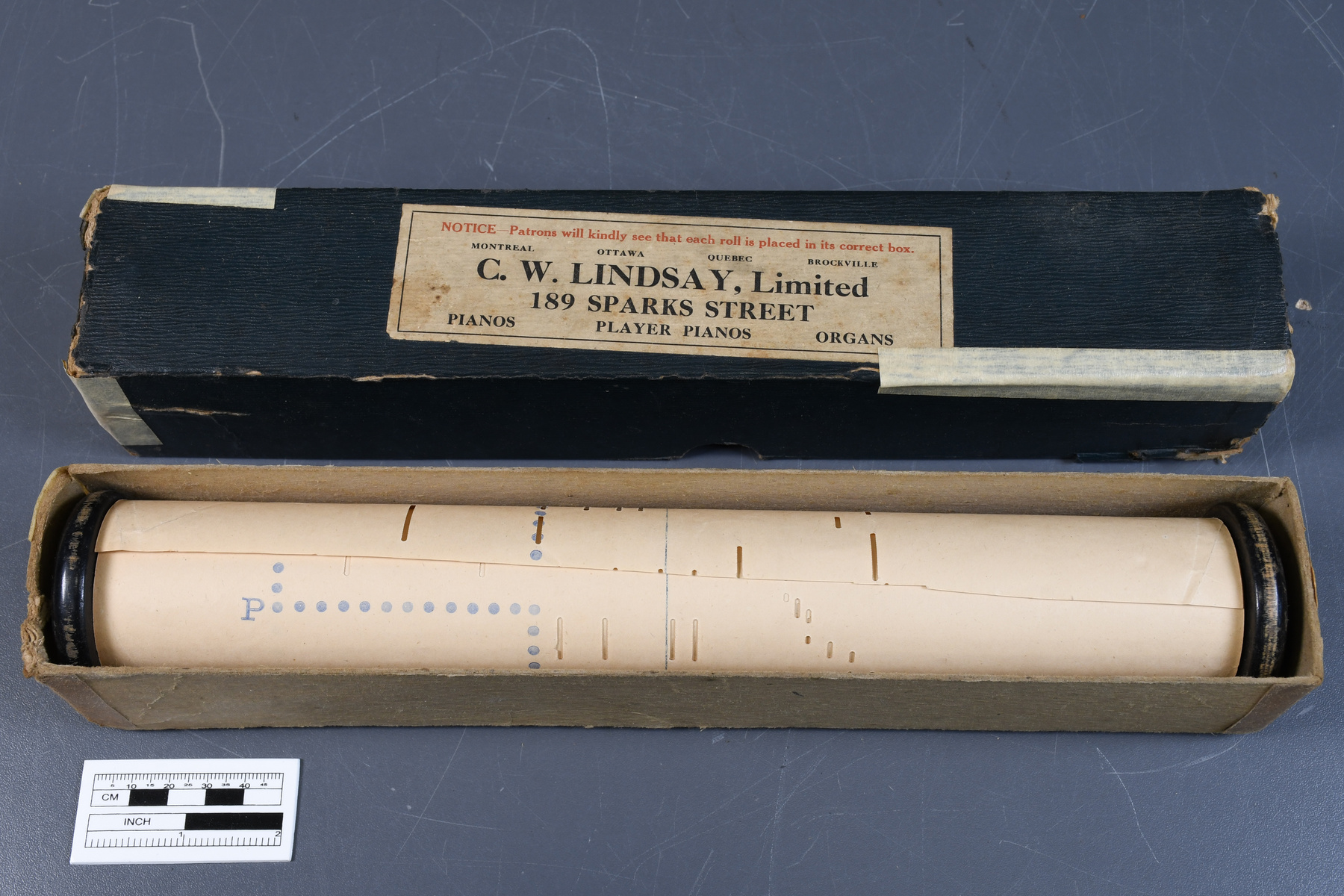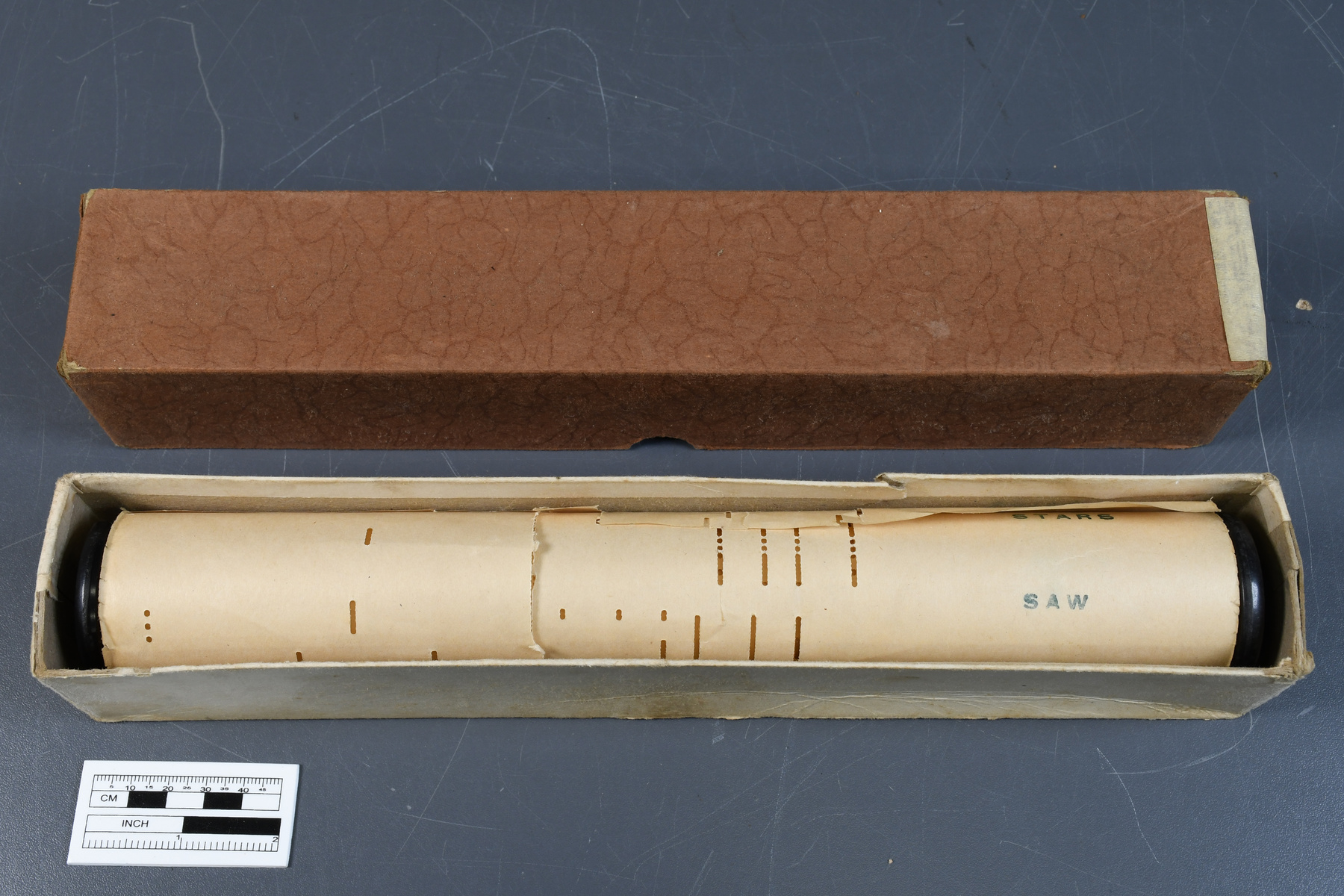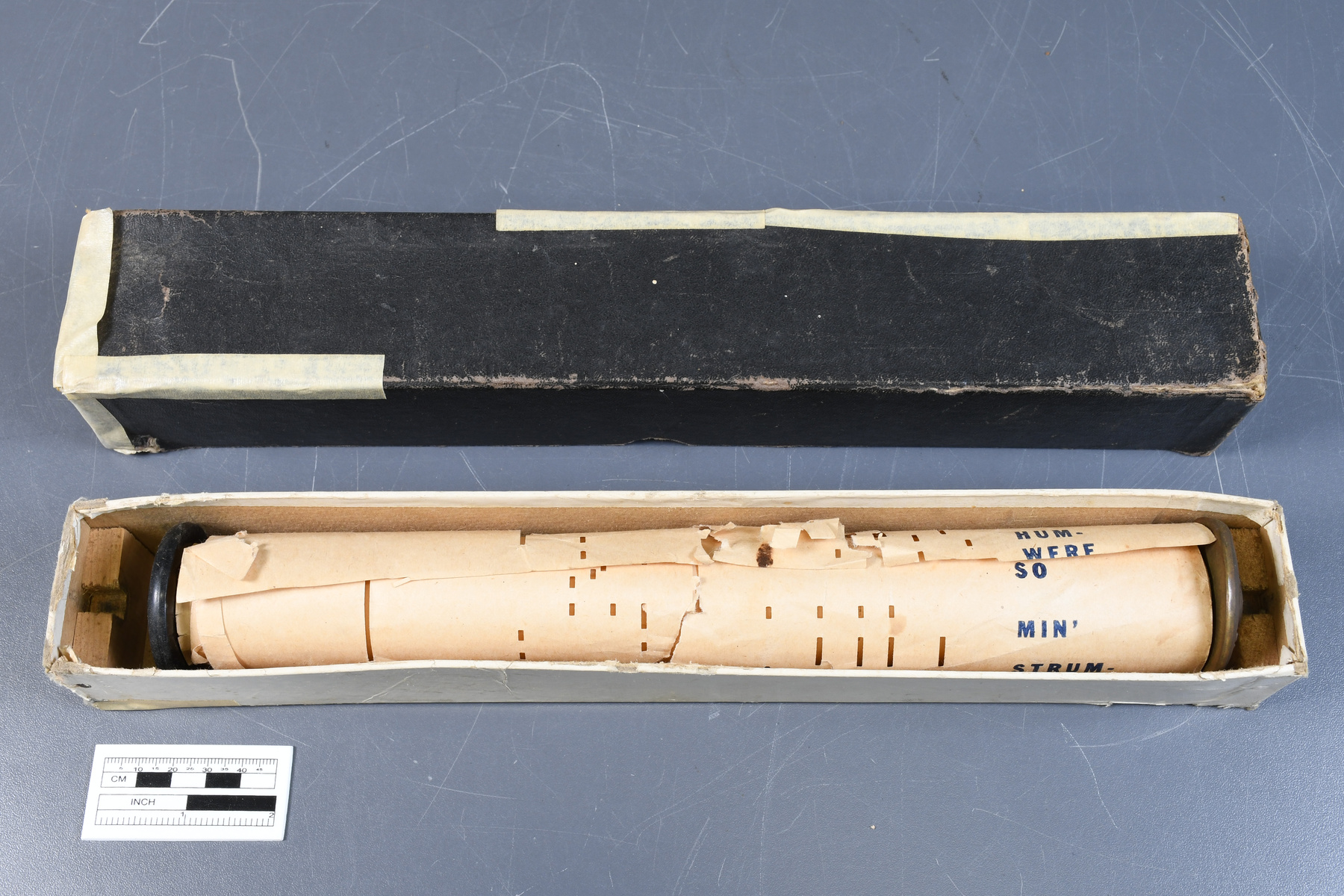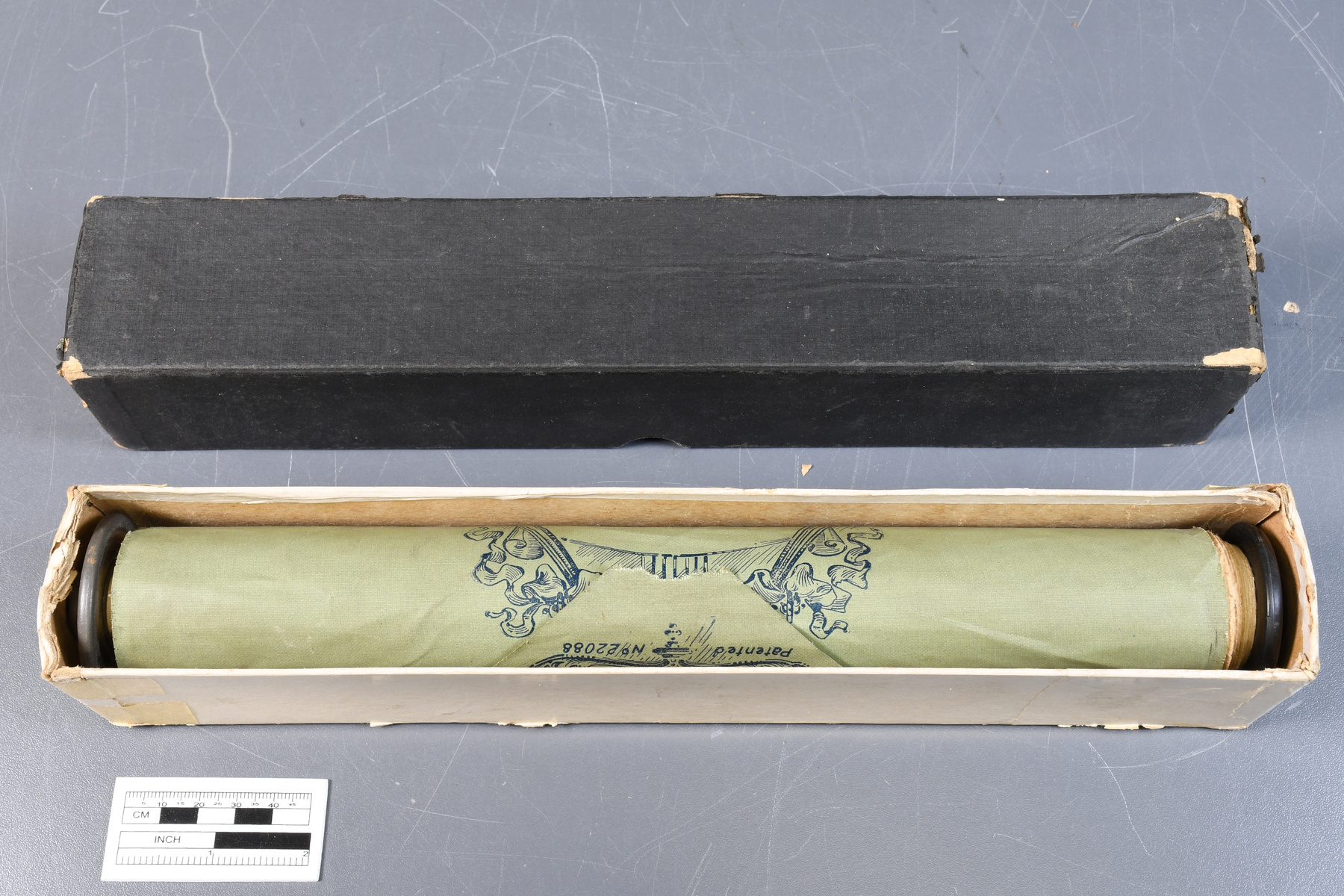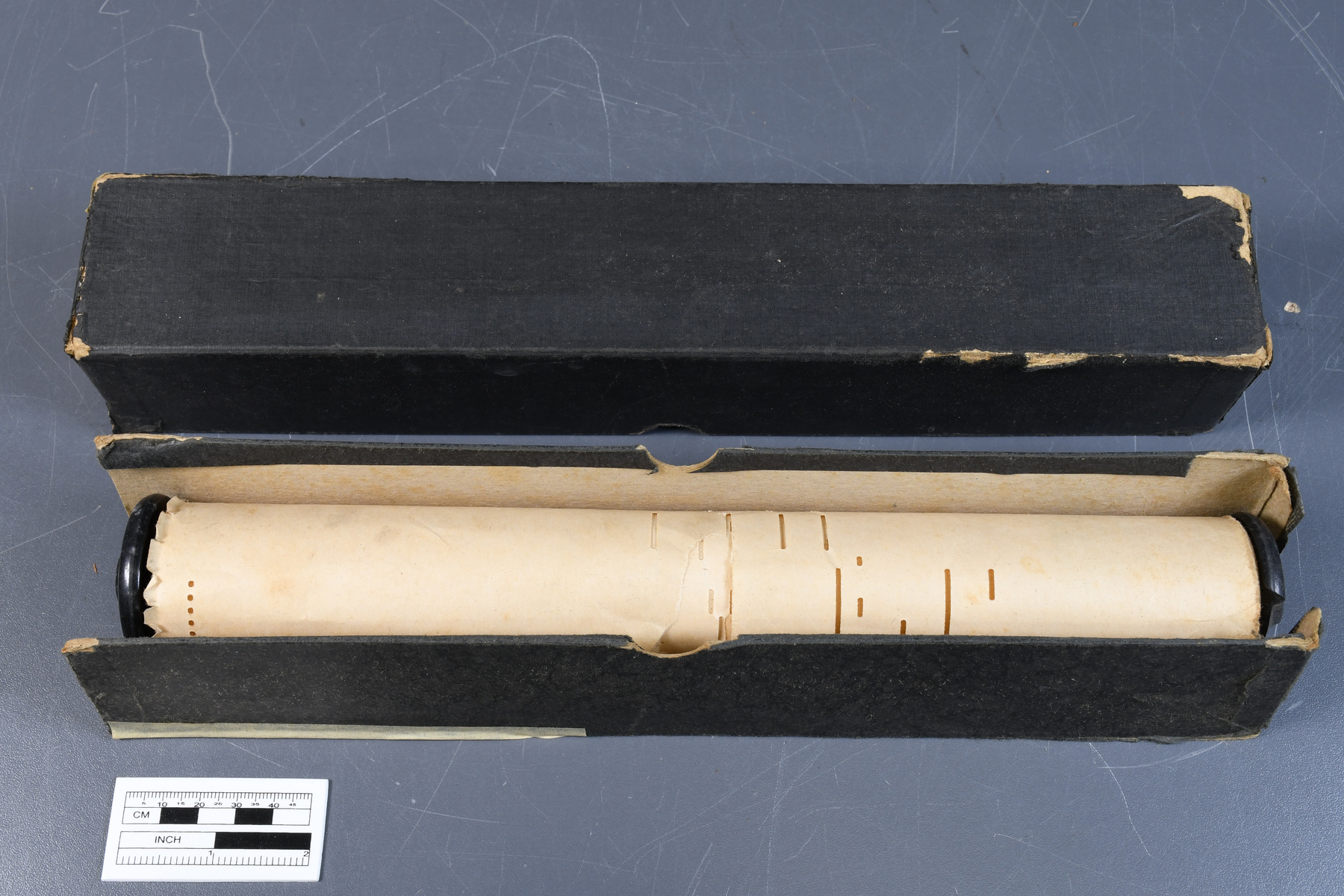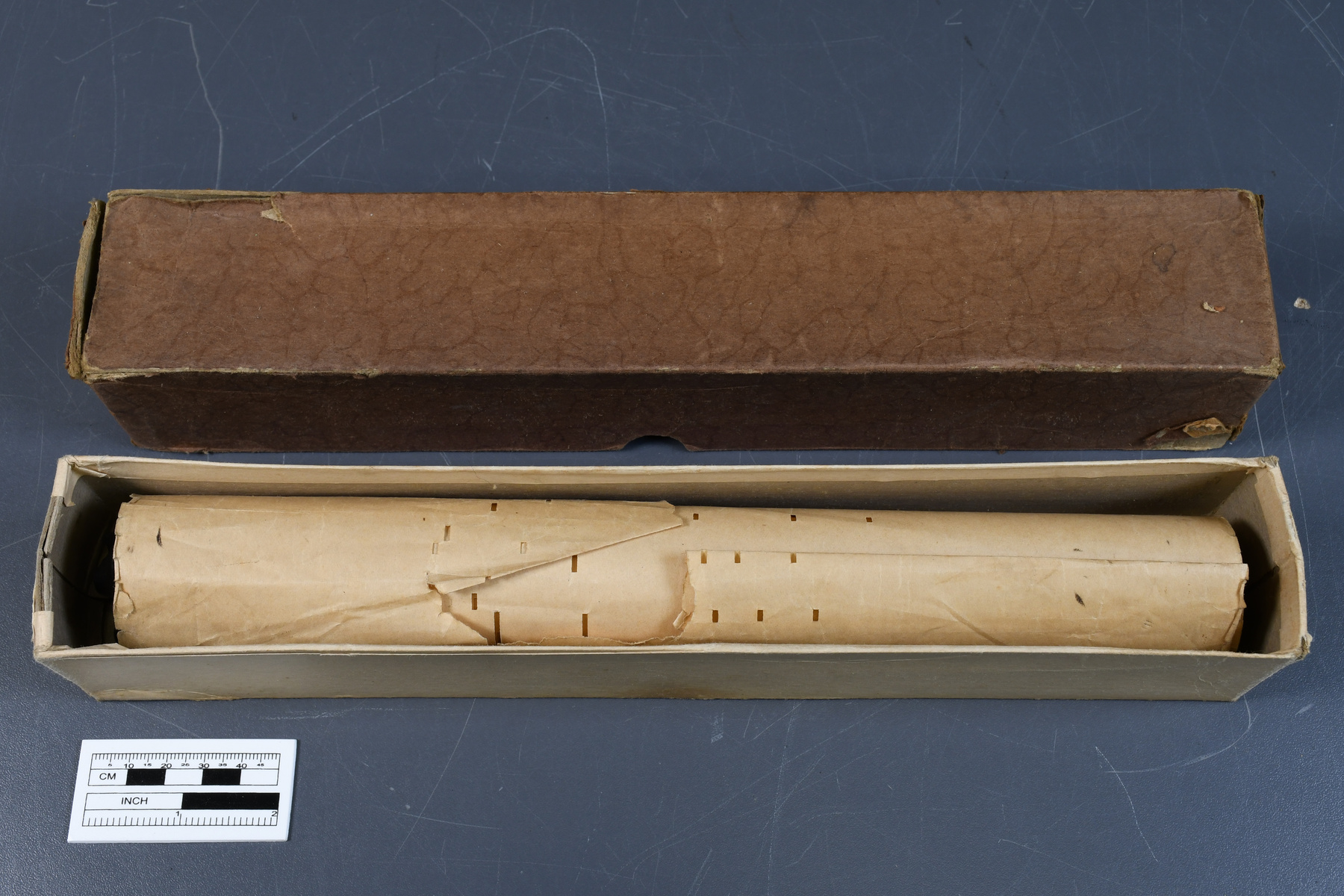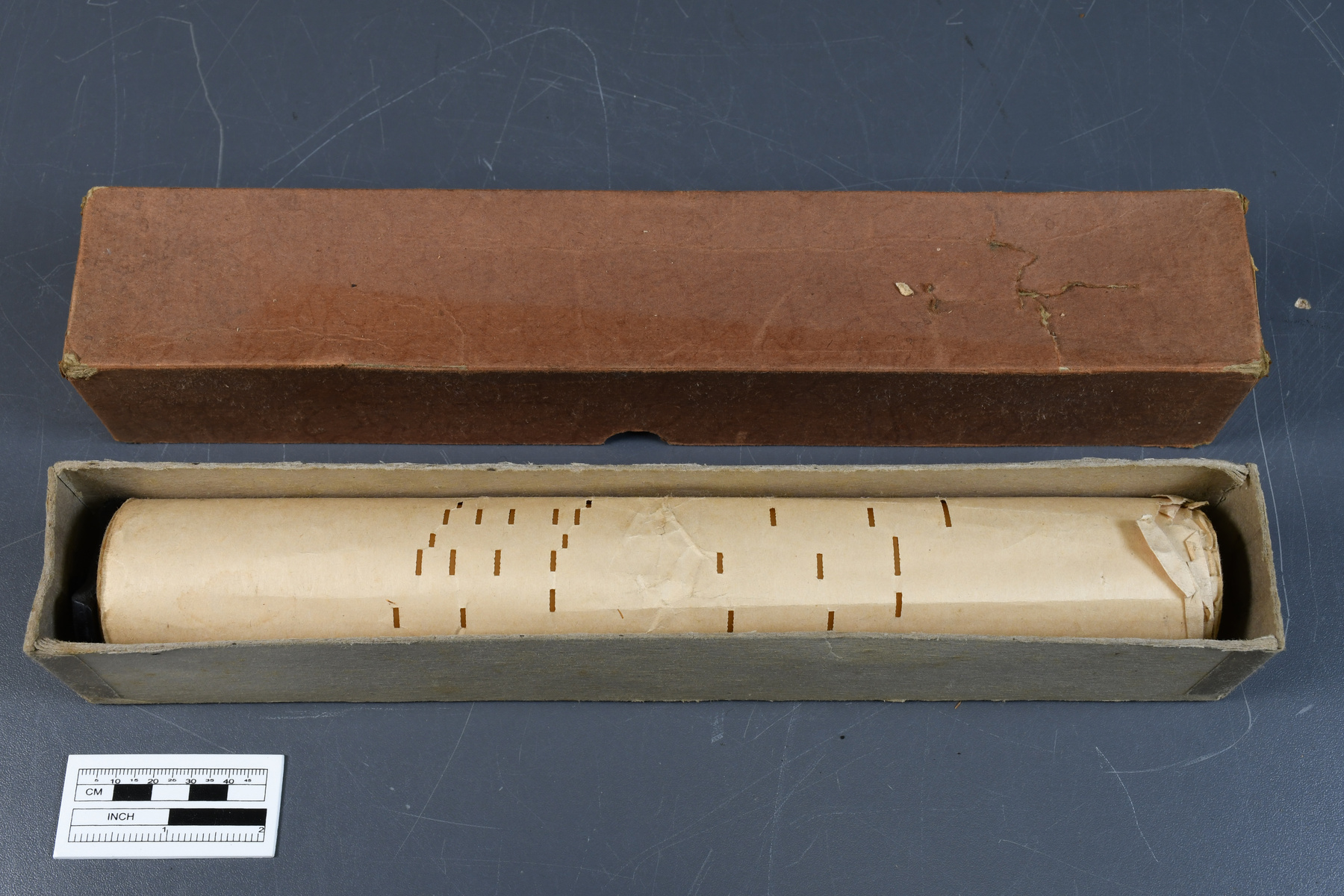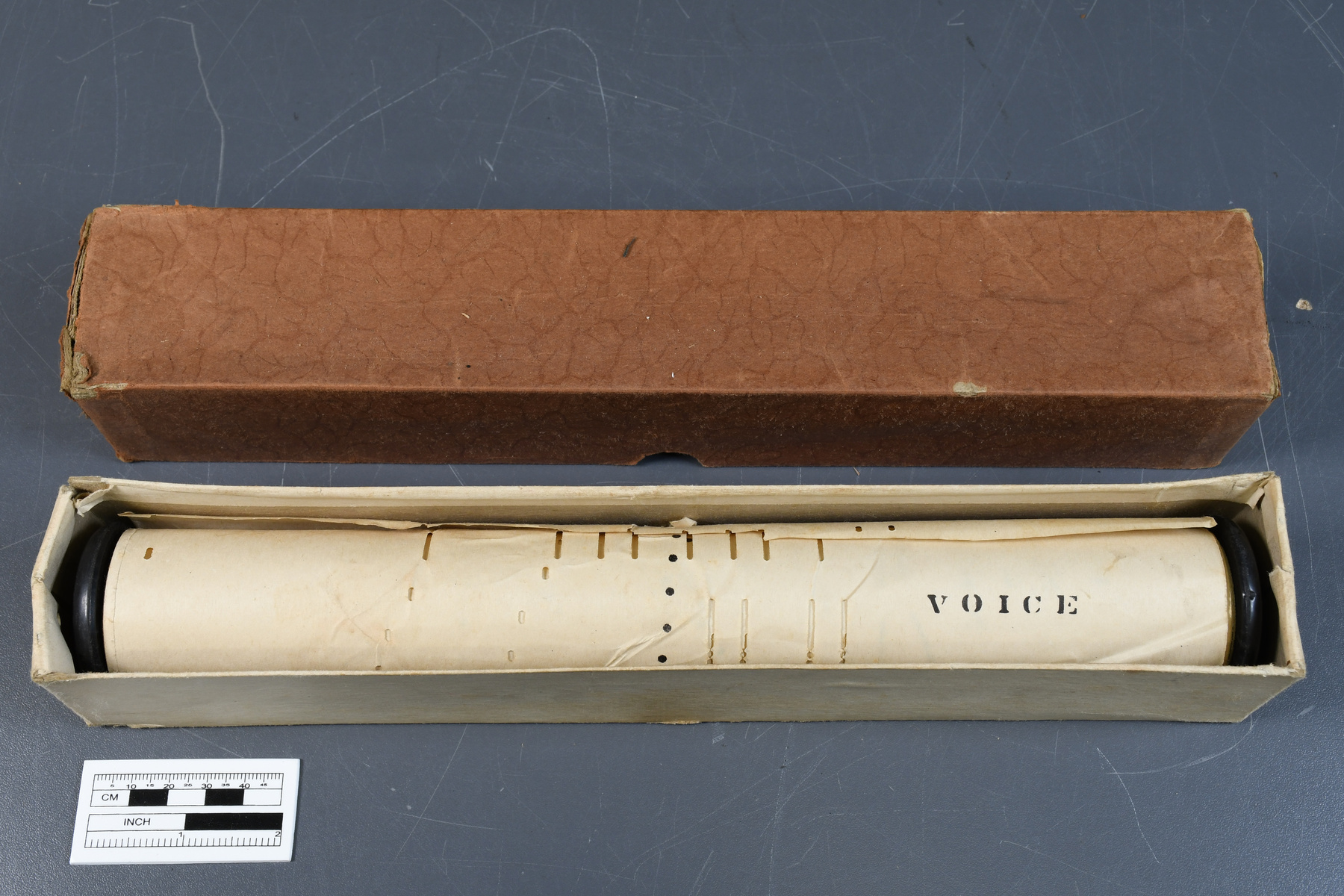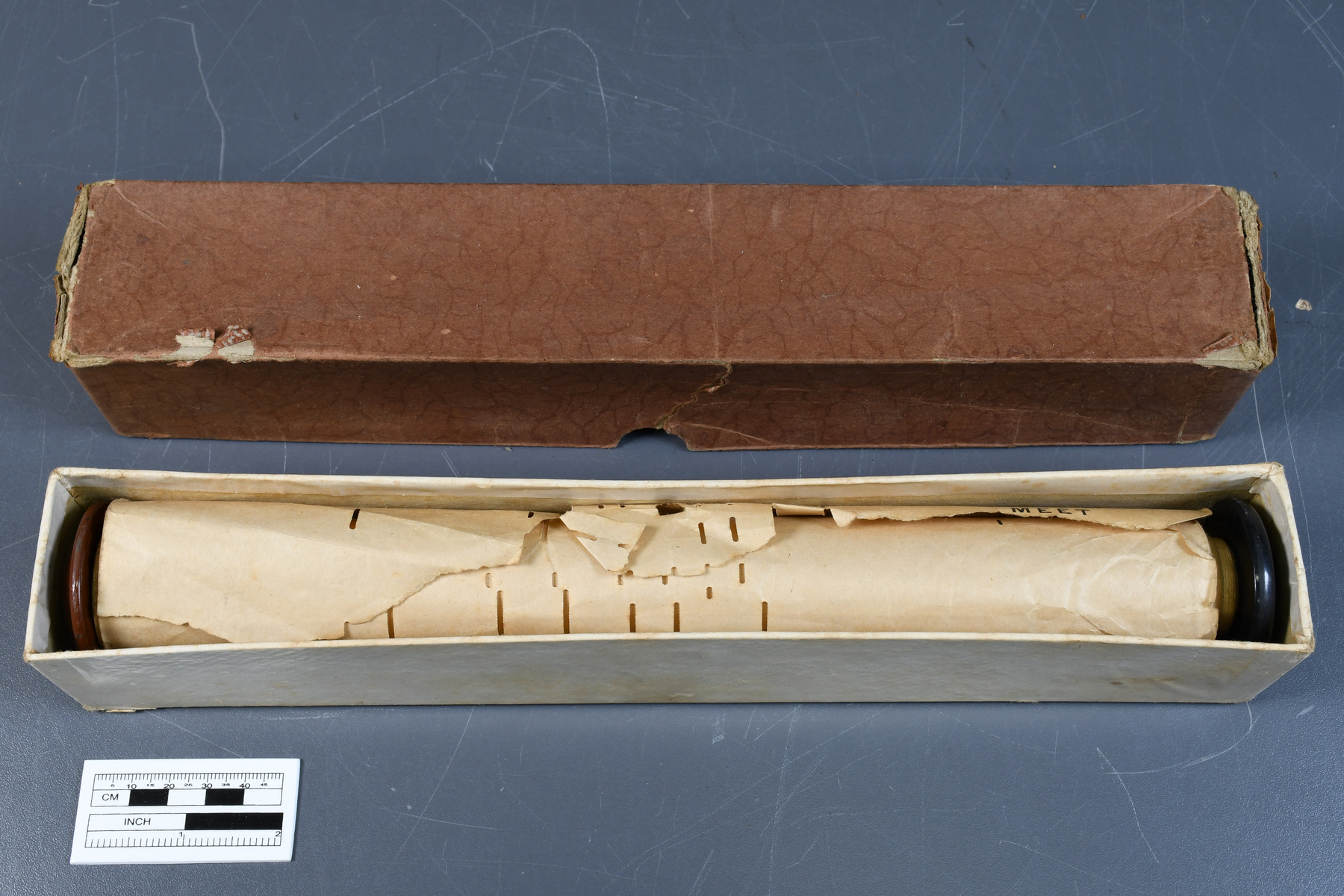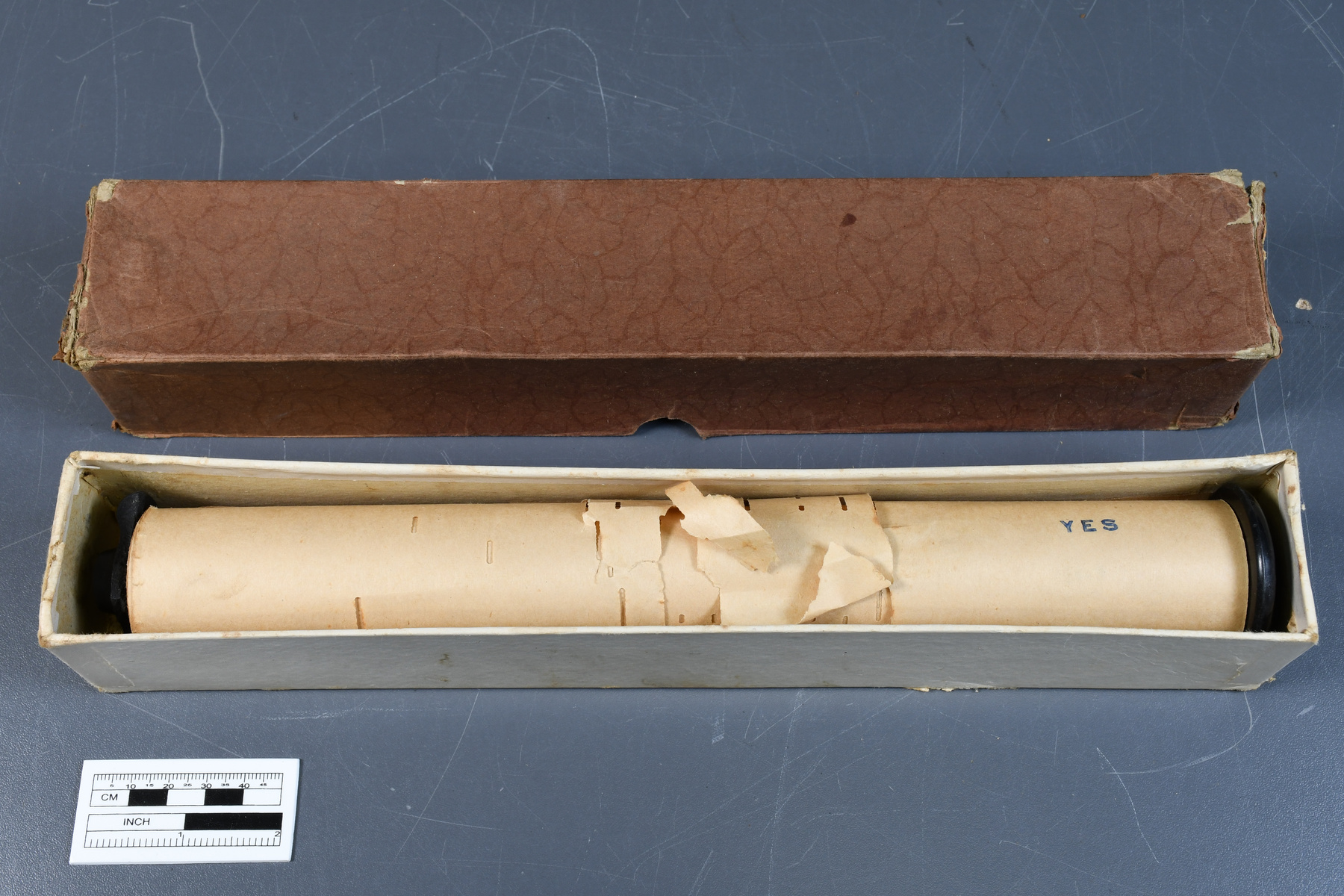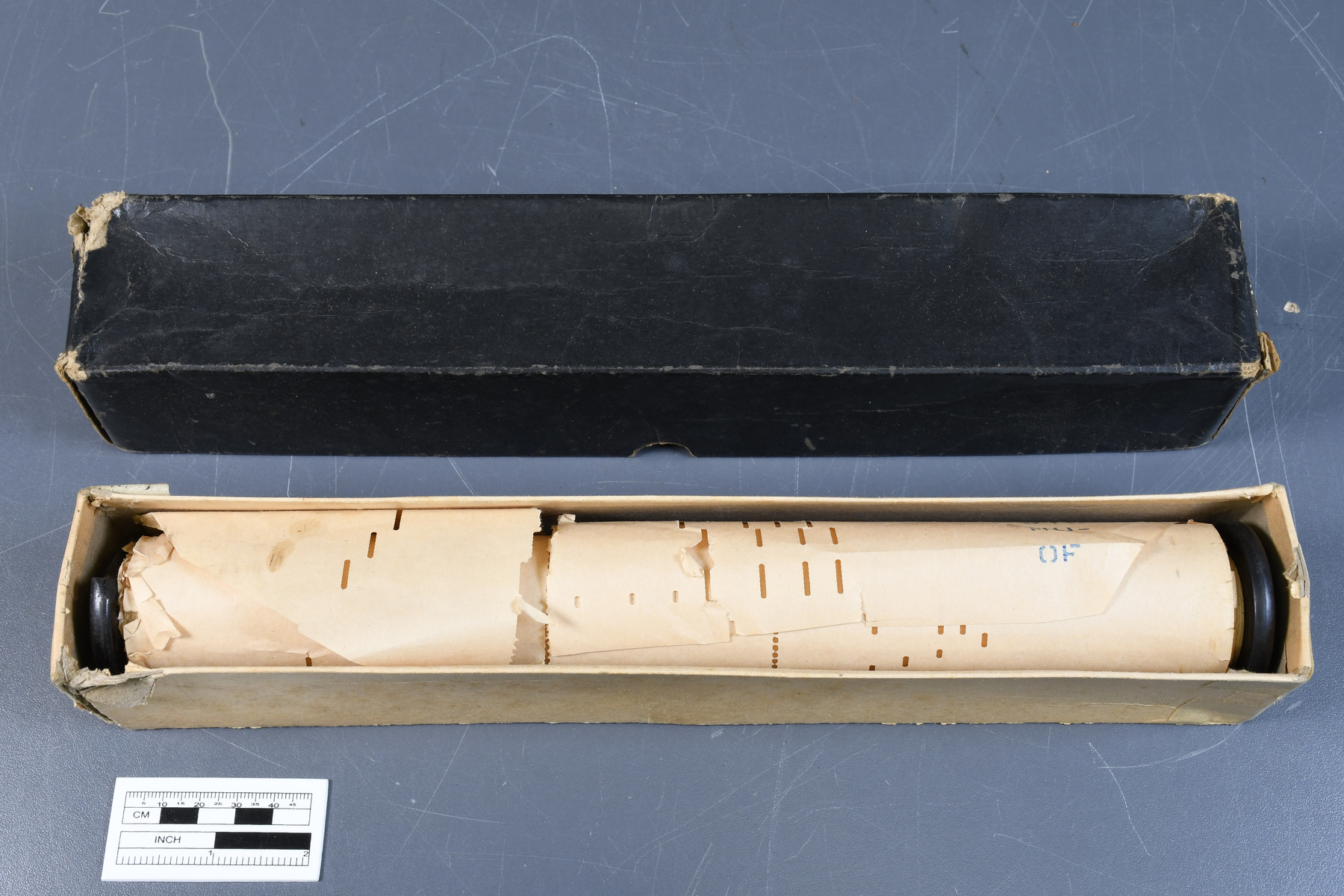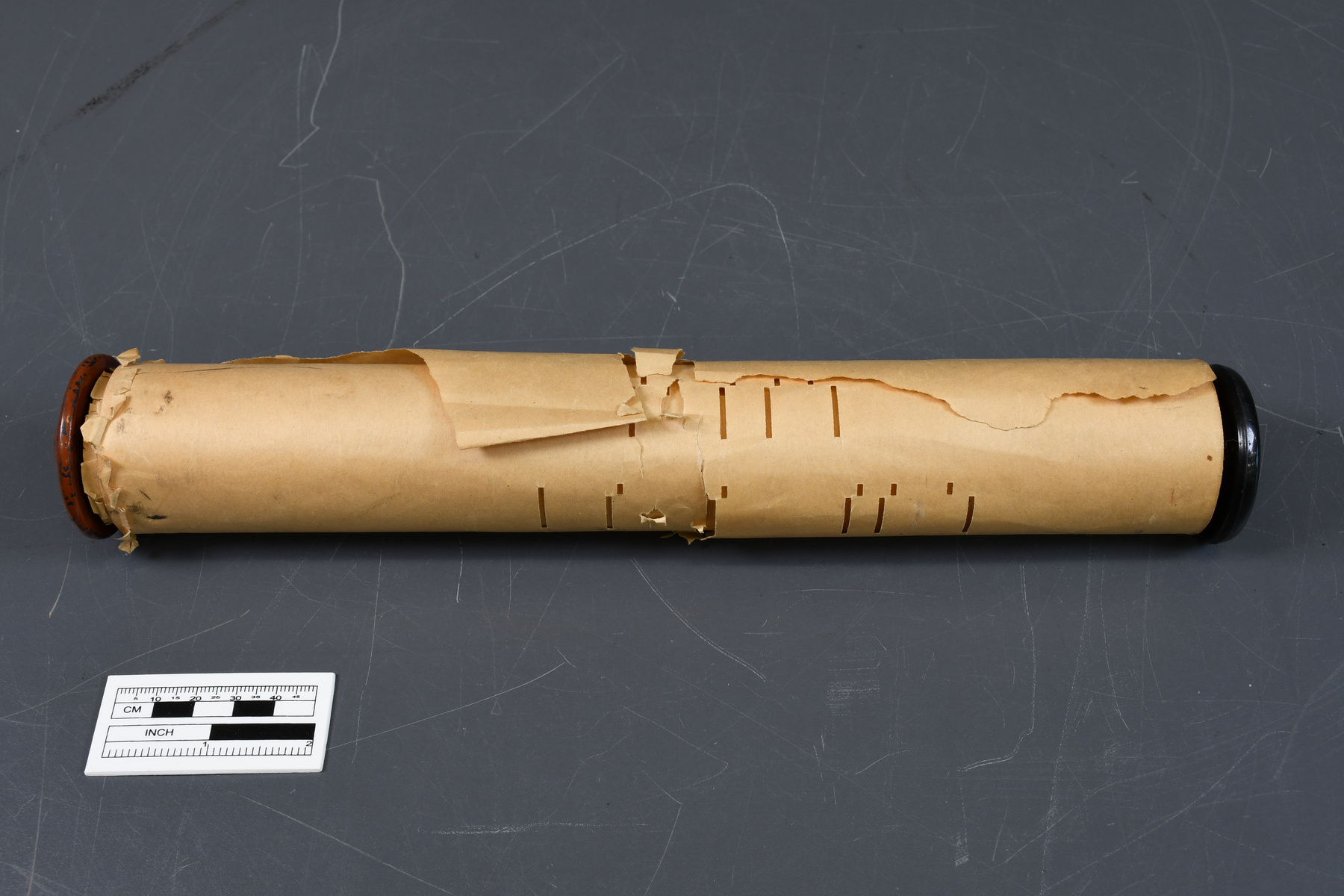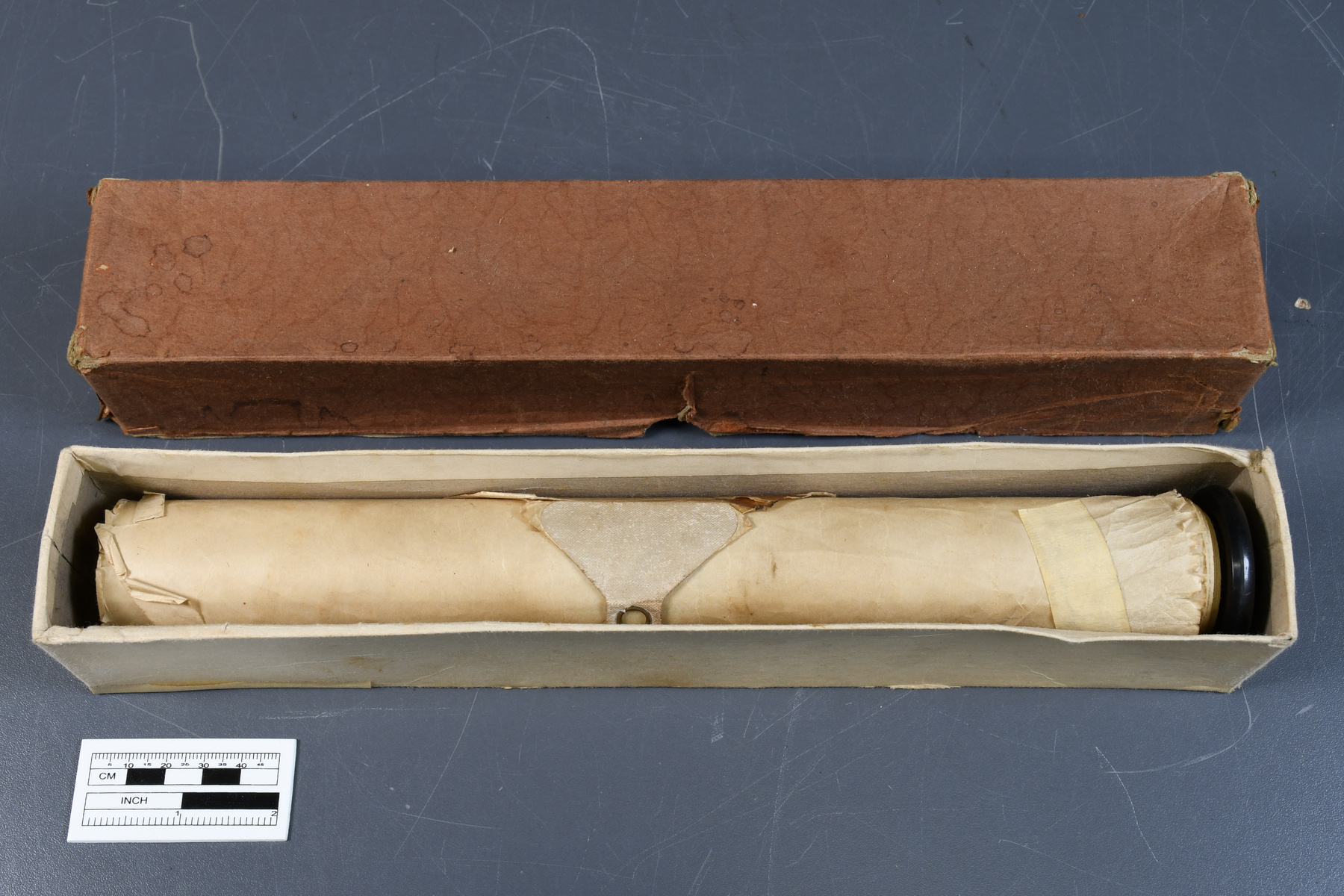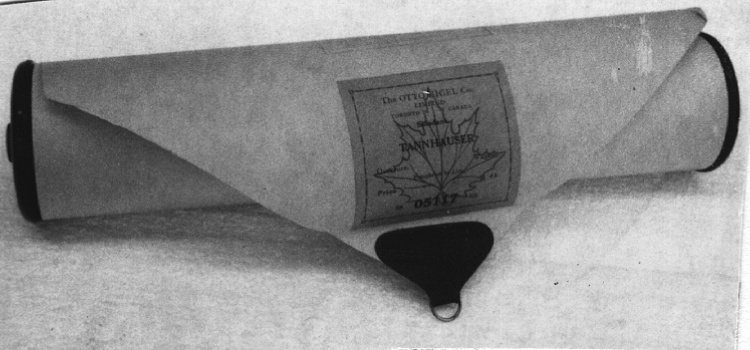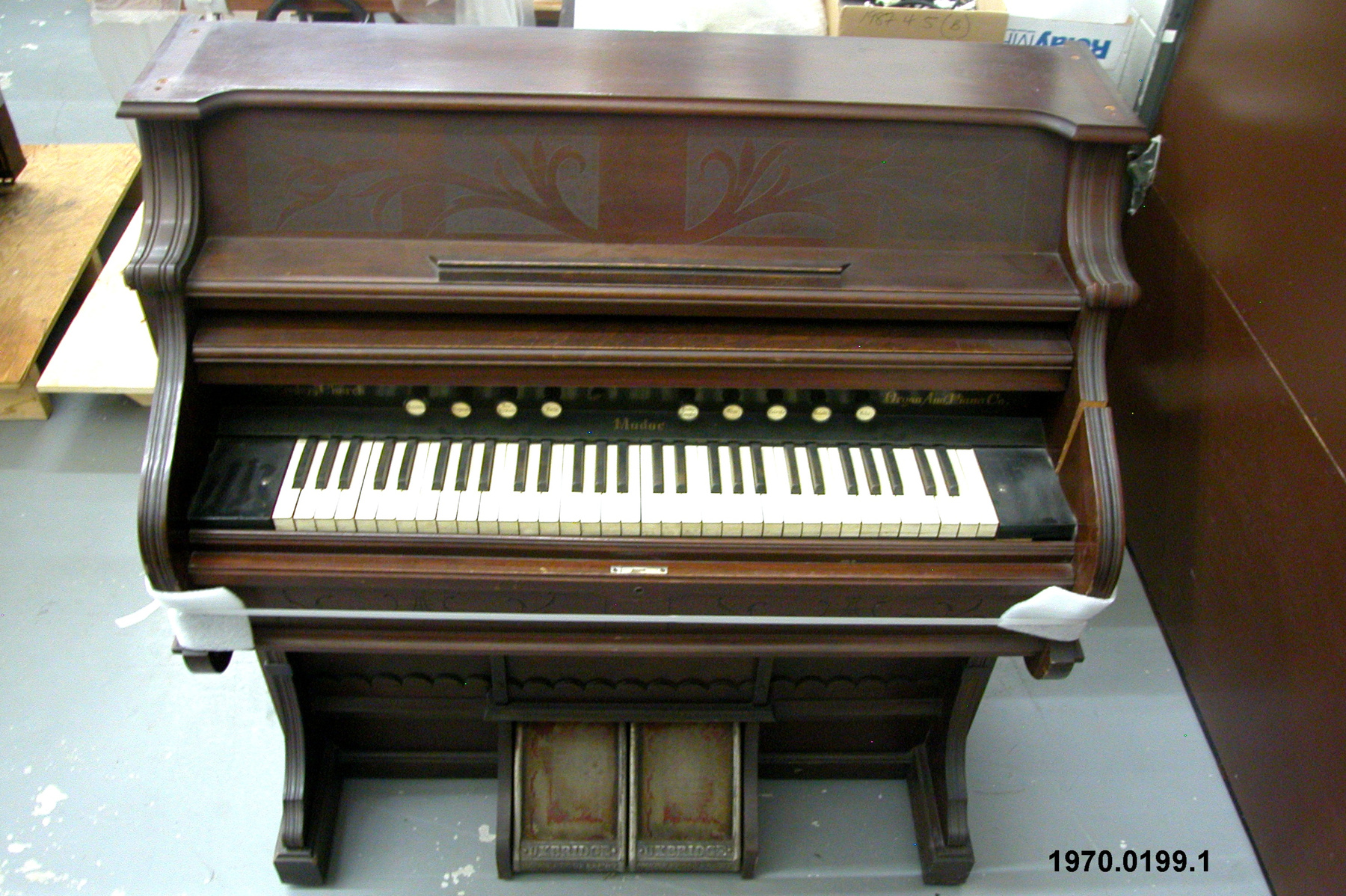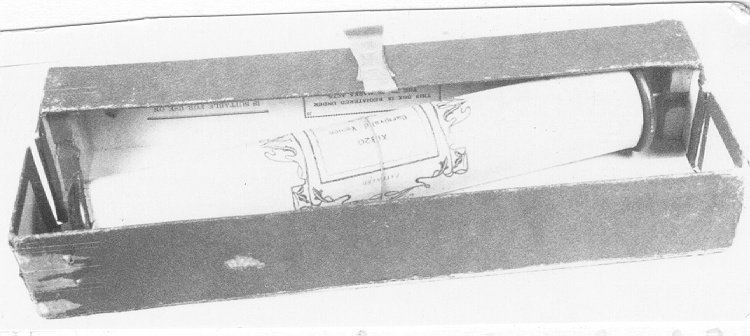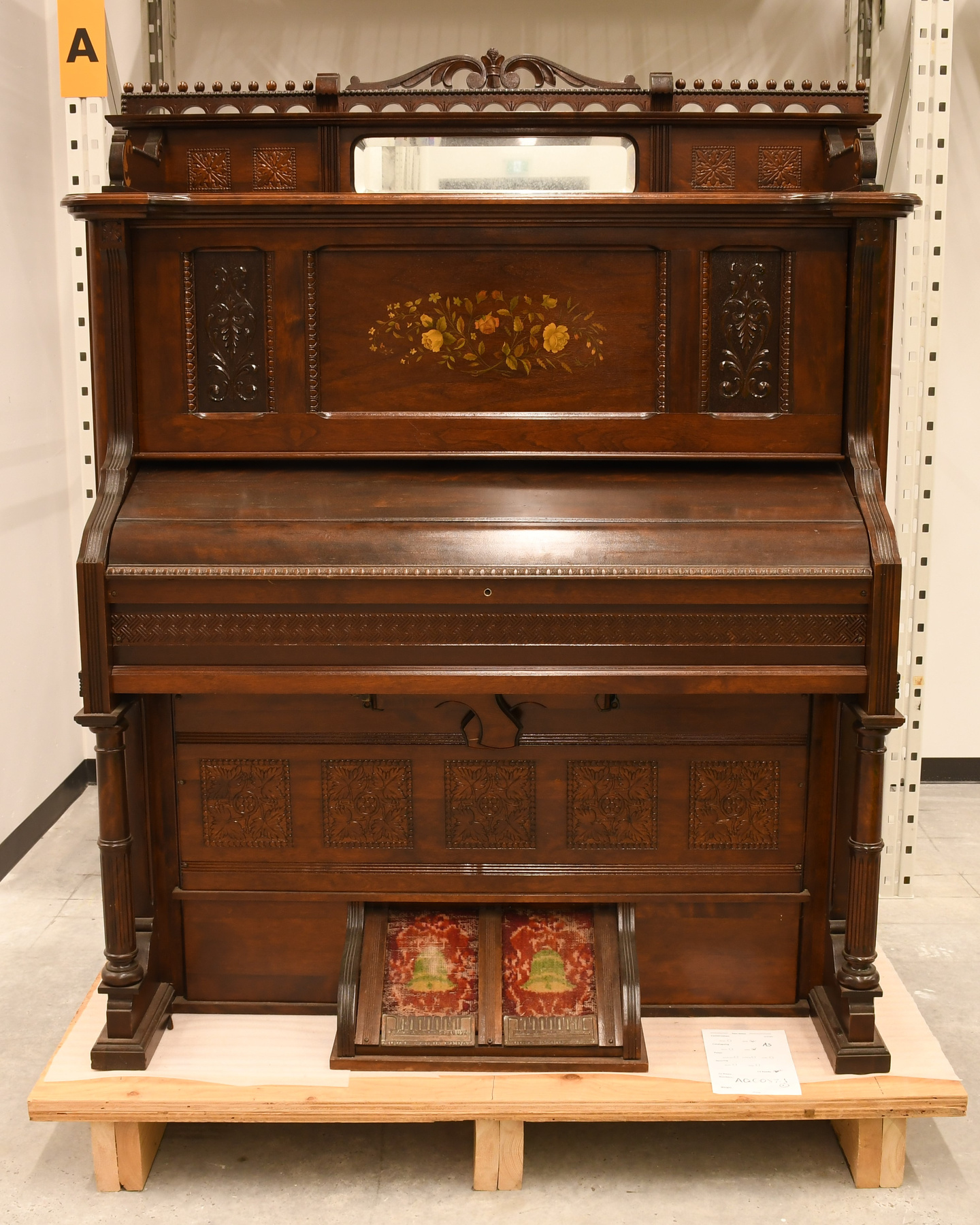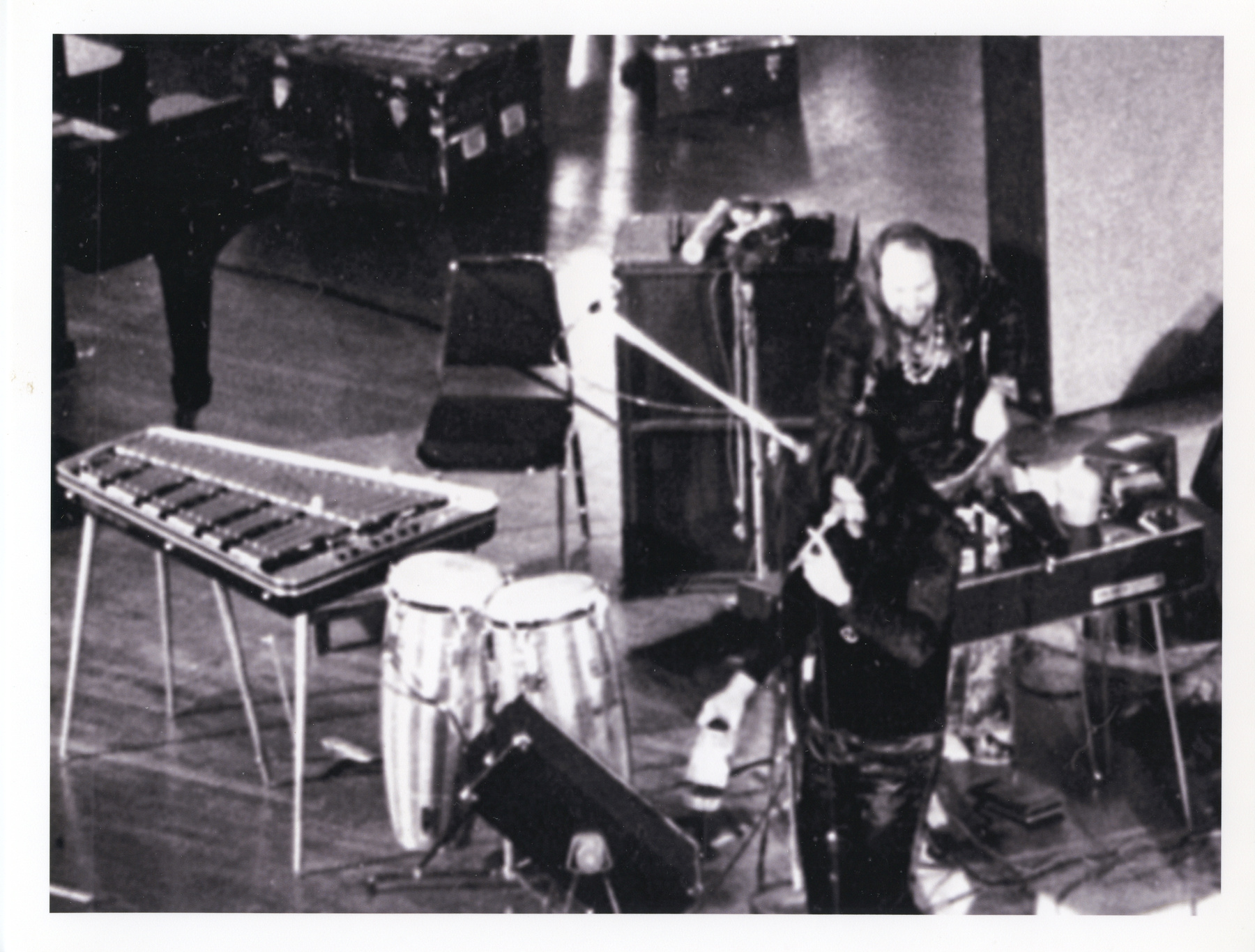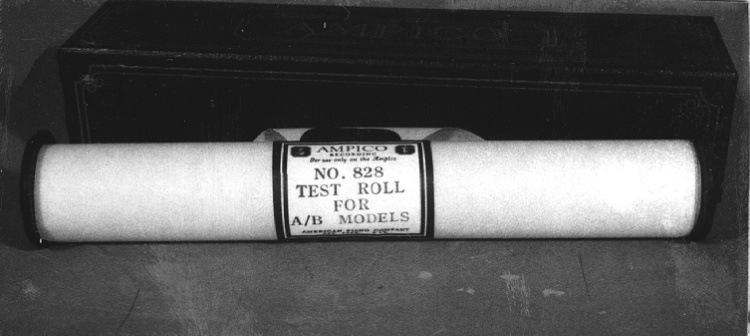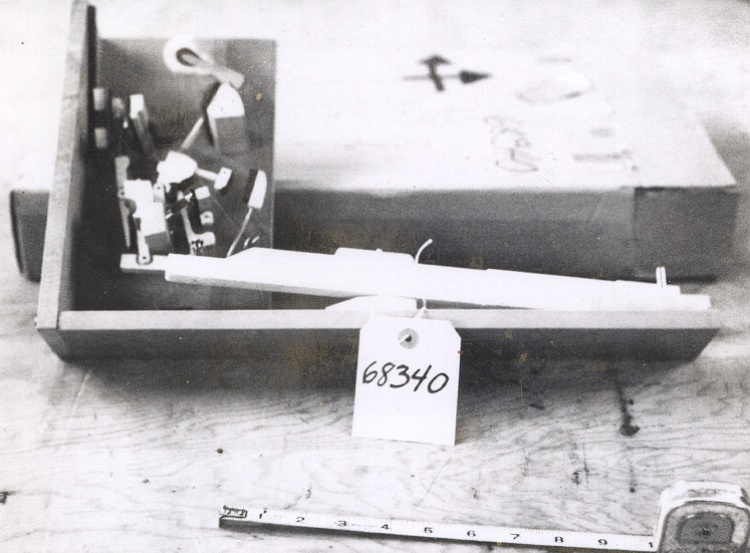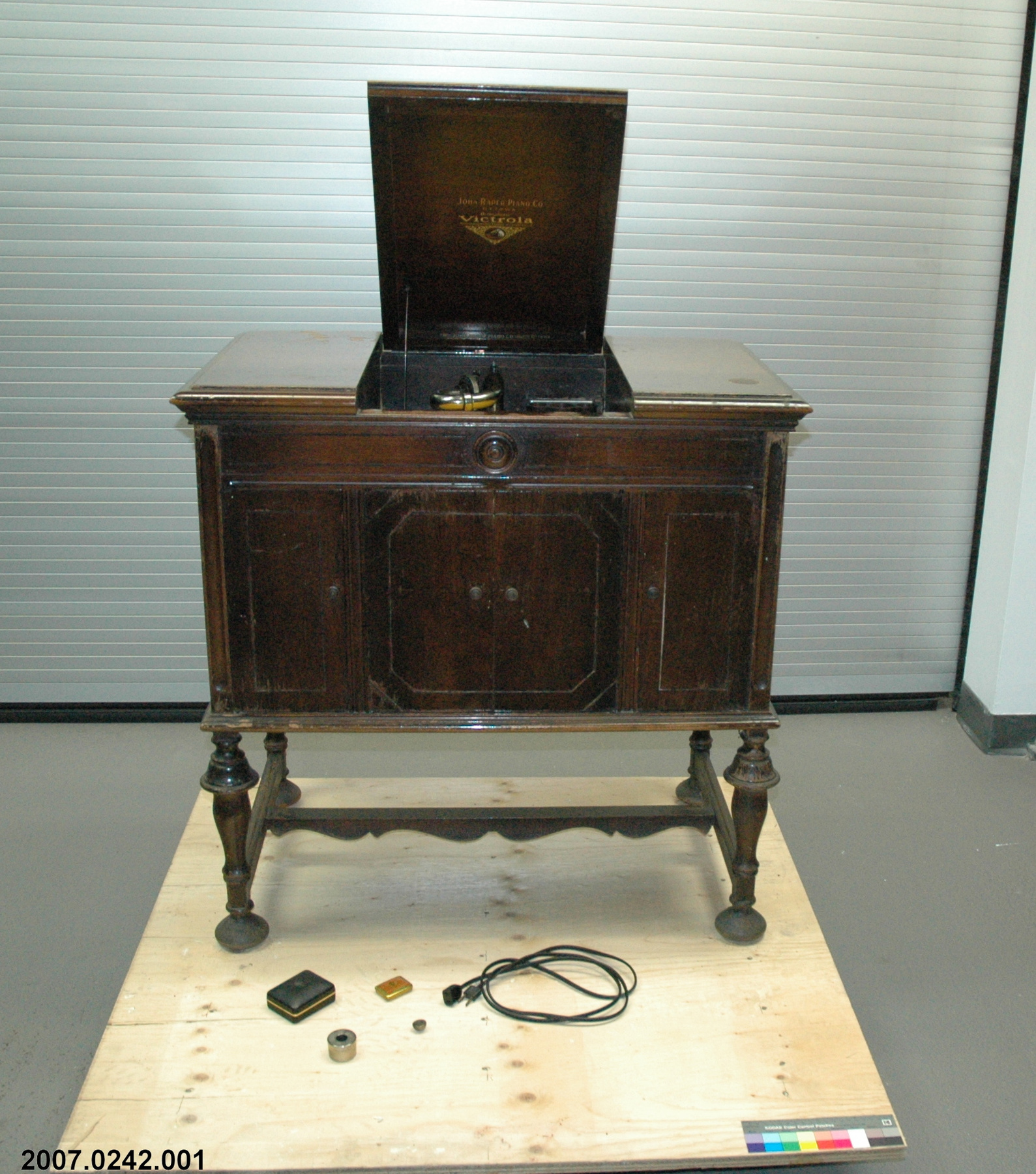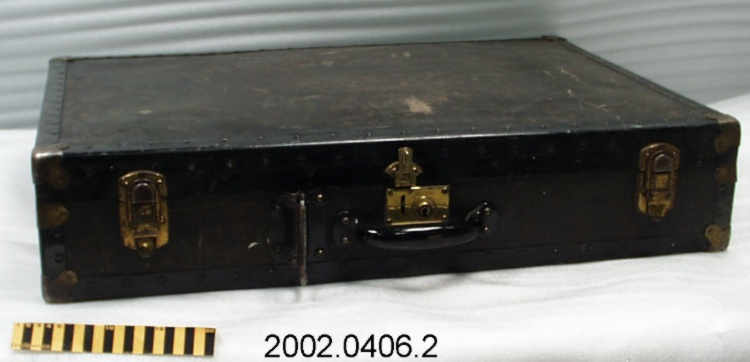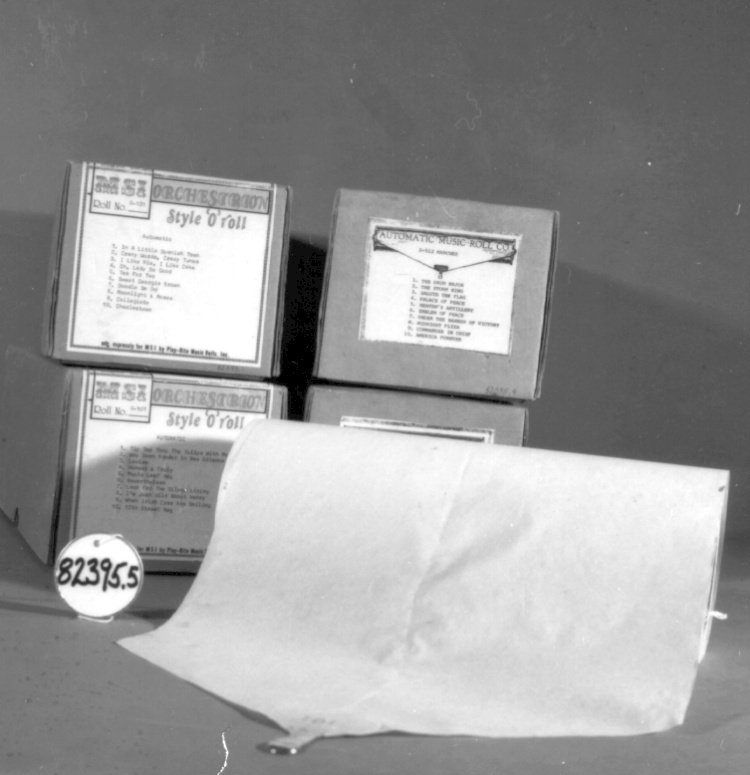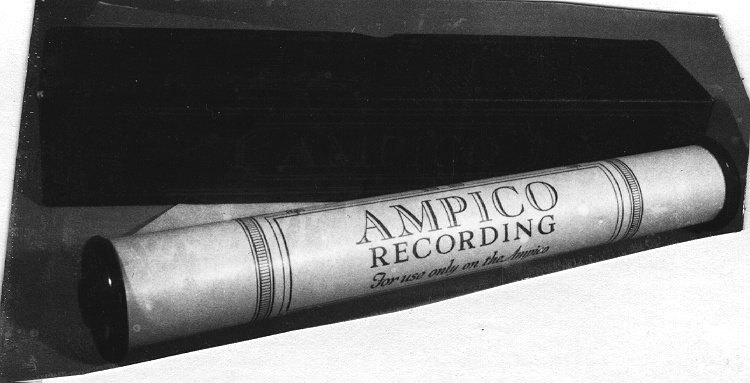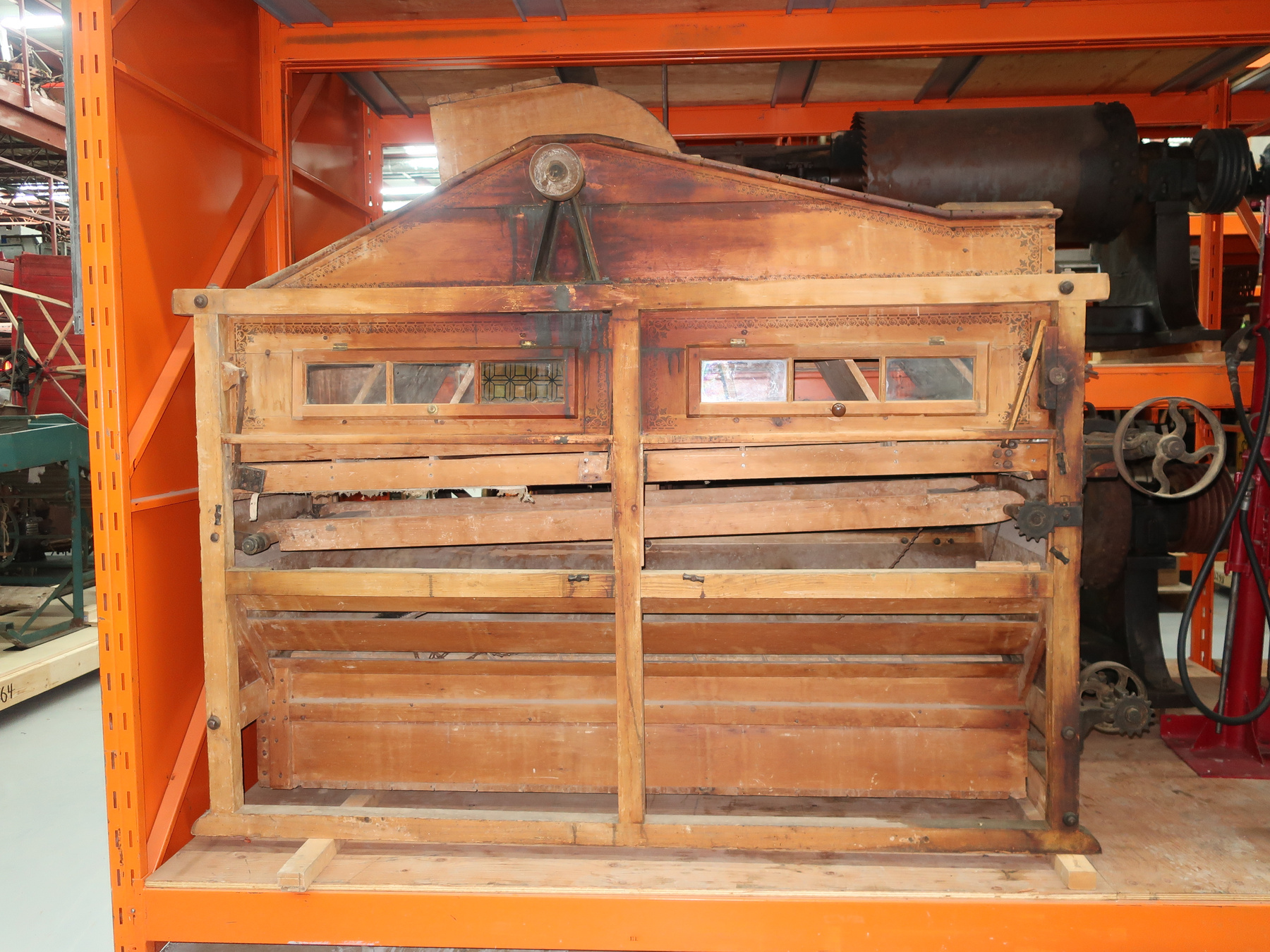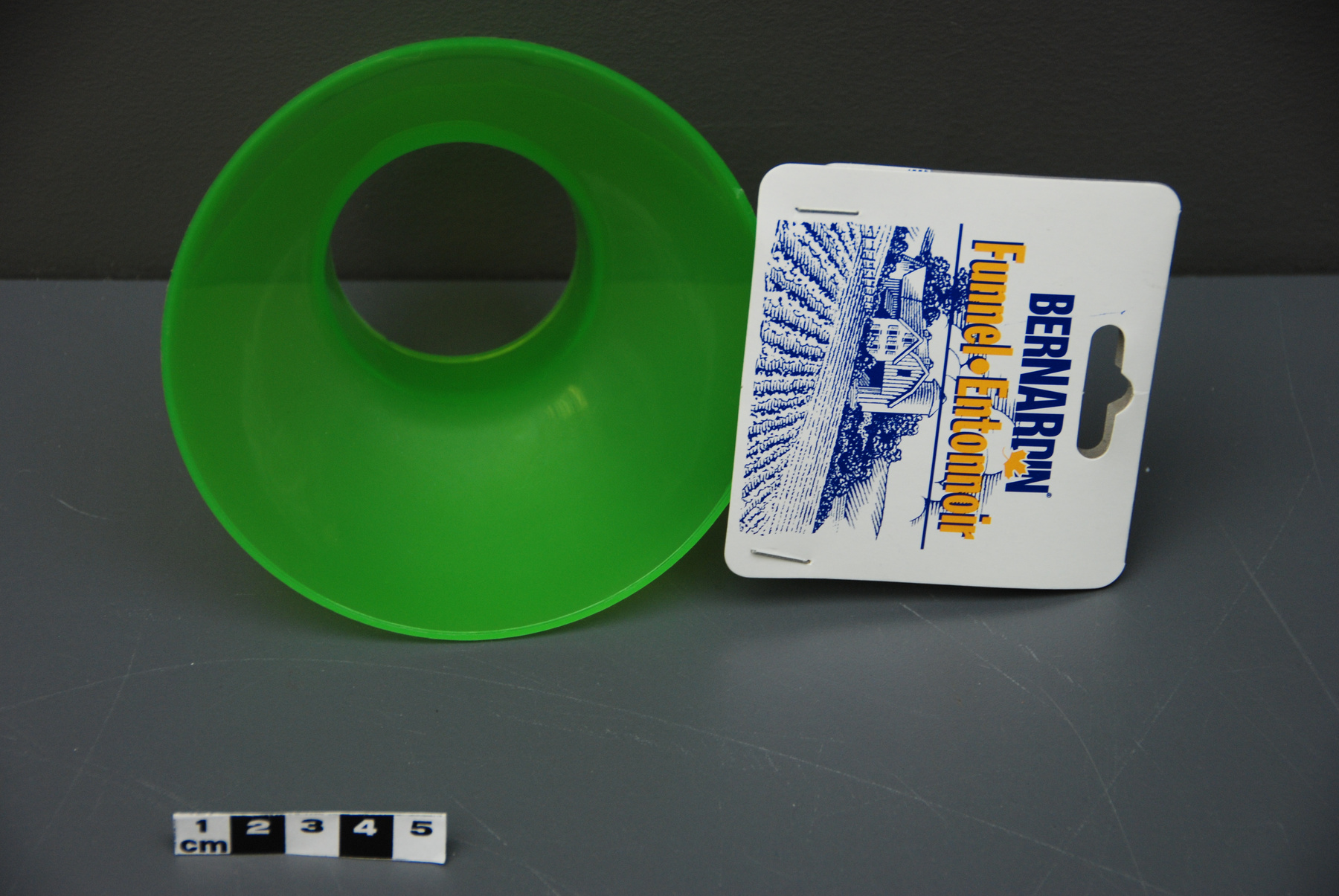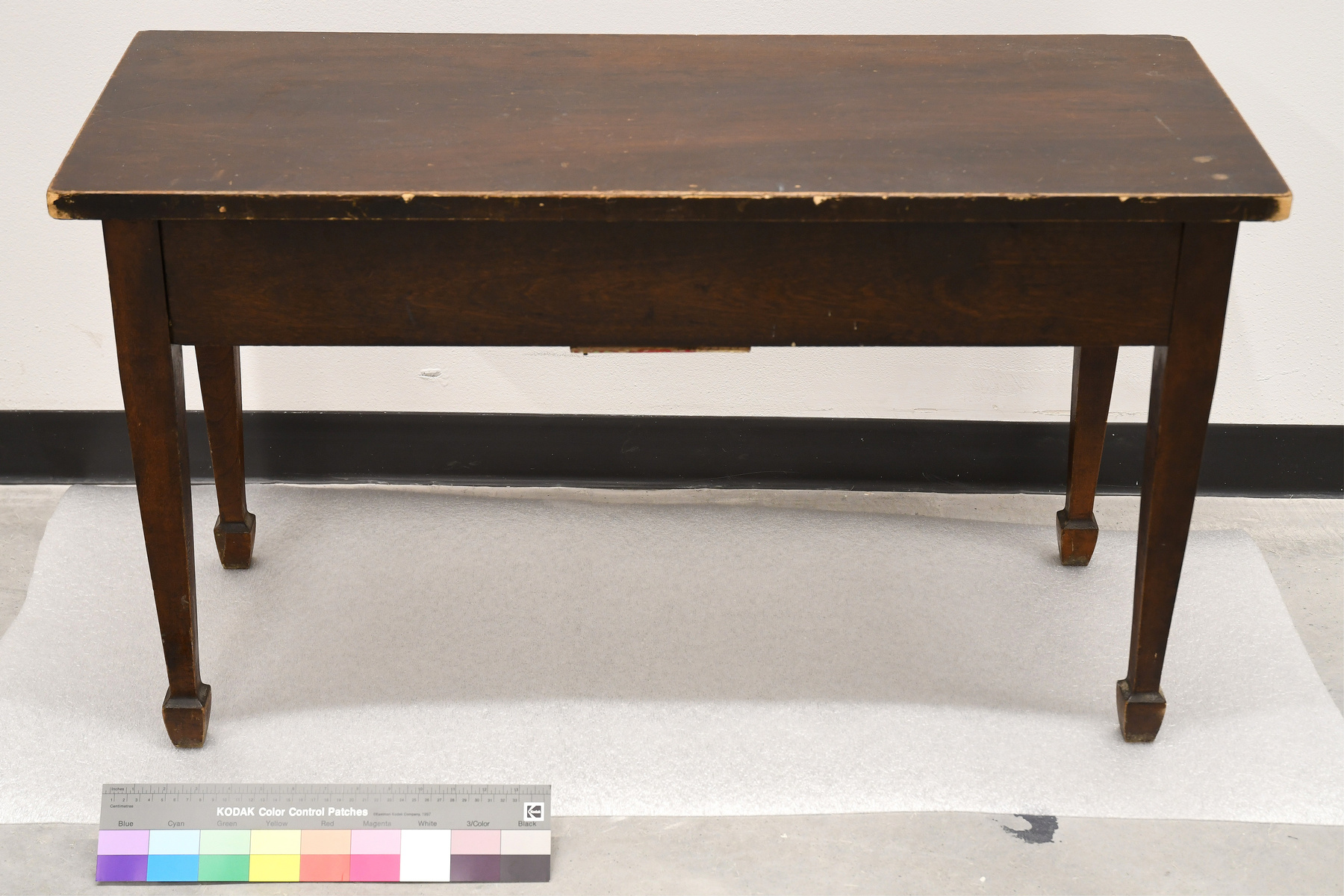Bench
Use this image
Can I reuse this image without permission? Yes
Object images on the Ingenium Collection’s portal have the following Creative Commons license:
Copyright Ingenium / CC BY-NC-ND (Attribution-NonCommercial 4.0 International (CC BY-NC 4.0)
ATTRIBUTE THIS IMAGE
Ingenium,
2006.0204.002
Permalink:
Ingenium is releasing this image under the Creative Commons licensing framework, and encourages downloading and reuse for non-commercial purposes. Please acknowledge Ingenium and cite the artifact number.
DOWNLOAD IMAGEPURCHASE THIS IMAGE
This image is free for non-commercial use.
For commercial use, please consult our Reproduction Fees and contact us to purchase the image.
- OBJECT TYPE
- Piano
- DATE
- 1915
- ARTIFACT NUMBER
- 2006.0204.002
- MANUFACTURER
- Unknown
- MODEL
- Unknown
- LOCATION
- Unknown
More Information
General Information
- Serial #
- N/A
- Part Number
- 2
- Total Parts
- 3
- AKA
- N/A
- Patents
- N/A
- General Description
- Wood; wood stain; metal; paint; possible gold foil.
Dimensions
Note: These reflect the general size for storage and are not necessarily representative of the object's true dimensions.
- Length
- 92.5 cm
- Width
- 38.0 cm
- Height
- 52.0 cm
- Thickness
- N/A
- Weight
- N/A
- Diameter
- N/A
- Volume
- N/A
Lexicon
- Group
- Communications
- Category
- Music
- Sub-Category
- N/A
Manufacturer
- AKA
- Unknown
- Country
- Unknown
- State/Province
- Unknown
- City
- Unknown
Context
- Country
- Canada
- State/Province
- Quebec
- Period
- The player piano that accompanies this artifact was purchased in 1915 and was last used in the late 1980s or the early 1990s.
- Canada
-
Until the beginning of the 20th century, musical education in Canada was mostly accessible for upper and upper middle-class families. Exported pianos were expensive, and although the Canadian piano manufacturing industry steadily grew throughout the 19th century, locally made pianos were often regarded as inferior to European instruments. However, at the start of the 20th century, the trade experts noted a strong improvement in the quality of the Canadian-made pianos and a shift in the ratio of imported versus exported pianos. During the first two decades of the 20th century, the interest in music instruments among the Canadian middle class exploded. The phenomenon was due not only to the improving quality of the locally manufactured instruments, but it was also the result of the “Piano in Every Parlor” and “Music in the Home” campaigns organized but the Canadian Piano and Organ Manufacturers’ Association. These promotions, organized by 23 major piano manufacturers, were intended to improve the sales of brand name pianos, organs, and various mechanical musical instruments. Yet, as still not everyone could afford music lessons or a sophisticated reproducing piano, the campaigns opened a large market for lower-quality, less expensive player pianos. From 1900 to 1912, the number of Canadian piano manufacturers had more than doubled, from 12,000 to 30,000. However, most of the new manufacturers were in fact only retailers who sold the so-called “stencil piano”, an inexpensive instrument with standard specifications produced in large numbers and sold under company names made-up by storekeepers. This artifact is an example of a stencil player piano popular among the Canadian middle class during the first two decades of the 20th century. It was sold in Ottawa around the year 1915 by John Raper under the company name John Raper Piano Co. Limited. John Raper and his son John Raper Junior worked at the C.W. Lindsay in Ottawa where the father was an accountant and the son a store manager. It is impossible to determine the exact manufacturer of this player piano, but since the Rapers were a known, sole distributor of Mason & Risch in Ottawa, it is possible that this player piano was manufactured by that same company. In 1906, they left C.W. Lindsay to open their own store at 179 Sparks St. and registered the John Raper Piano Co. Limited at the same time. They are listed as storekeepers in the 1911 census and 1914 city directory. - Function
-
A bench used for sitting down while using the player piano it accompanies. - Technical
-
Although the first experiments with mechanical musical instruments go back to the 13th and the 14th centuries, the first player piano as we know it was developed by Henri Fourneaux in 1863, called the “Pianista”, and commercialized in 1890 with Votey’s “Pianola”. At the start of the 20th century, the player piano became the most common automatic musical instrument, and faced close competition against the phonograph on the home entertainment market. Its popularity declined in the 1930s when the radio started to replace live music. Most of the Canadian player pianos were made by local piano manufacturers, who based the new instruments on their grand or upright pianos. At the beginning of the 20th century, the best-known Canadian player piano makers included L.E.N. Pratter, Heintzman, Martin-Orme, Mason & Risch, Organ Co. and Bell Piano. Although player pianos were less expensive than reproducing pianos, which claimed to mimic pianists’ technical skills, not everyone was able to afford a brand name player piano such as a Prattola or a Mason & Risch. Some manufacturers offered player pianos furnished with standard mechanism, keyboards, and cabinets of slightly lower quality than brand name pianos. These instruments were purchased in large quantities by retailers who would stencil their names on the fallboard. This player piano features an example of a typical stencil. Since John Raper was a known distributor of Mason & Risch, it is possible that this player piano was manufactured by that same company. The manufacturing date of this player piano can be estimated between 1914 and 1915, further supported by the fact that it features a full 88 note range, which was typical of the player pianos produced at that time, and that the name Cabinet Grand ceased being used after 1915. It is furnished with a standard Otto Higel piano action, an important Canadian-made action that was used by many player piano manufacturers around the world and typically found in stencil player pianos. Otto Higel established his company in Toronto in 1896, after purchasing a piano action and key manufacturing business from F. Koth, for whom he had worked since moving to Canada in 1889. His company operated under two names: Otto Higel Company and Canada Piano Action and Key Company Limited. A new player piano action which Otto developed in 1906 proved to be a great success. By 1912, the actions were in use around the world and were in such demand that a second plant was opened in Buffalo, New York ca. 1914, and a third in New York City in 1916. With the decline of the player pianos in the 1930s, the company switched to production of kitchen cabinets and appliances, and finally closed down in 1944. - Area Notes
-
Unknown
Details
- Markings
- Lettering on proper bottom right of inner frame reads: “2”.
- Missing
- The artifact appears complete.
- Finish
- Semi-opaque dark brown stained wood; gold and dark silver coloured metal hardware; unvarnished wooden underside; green painted piece of thin wood; gold lettering.
- Decoration
- No decoration.
CITE THIS OBJECT
If you choose to share our information about this collection object, please cite:
Unknown Manufacturer, Bench, circa 1915, Artifact no. 2006.0204, Ingenium – Canada’s Museums of Science and Innovation, http://collection.ingeniumcanada.org/en/id/2006.0204.002/
FEEDBACK
Submit a question or comment about this artifact.
More Like This
